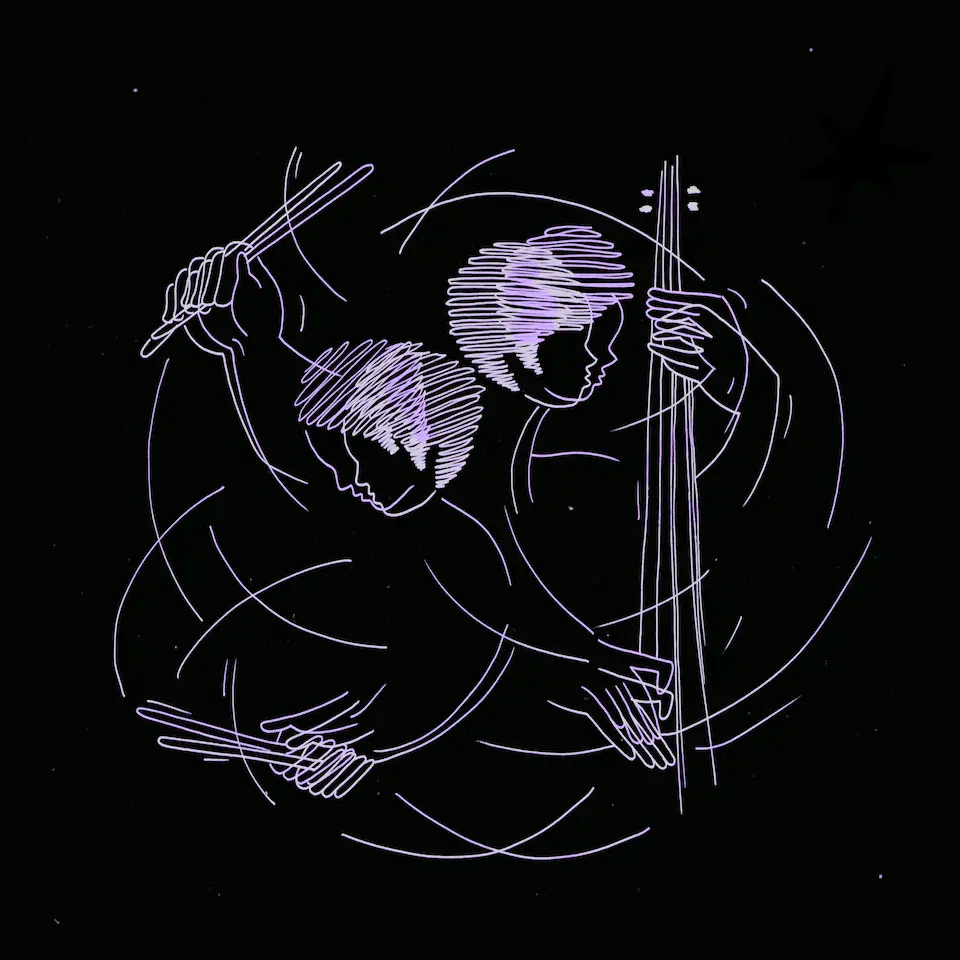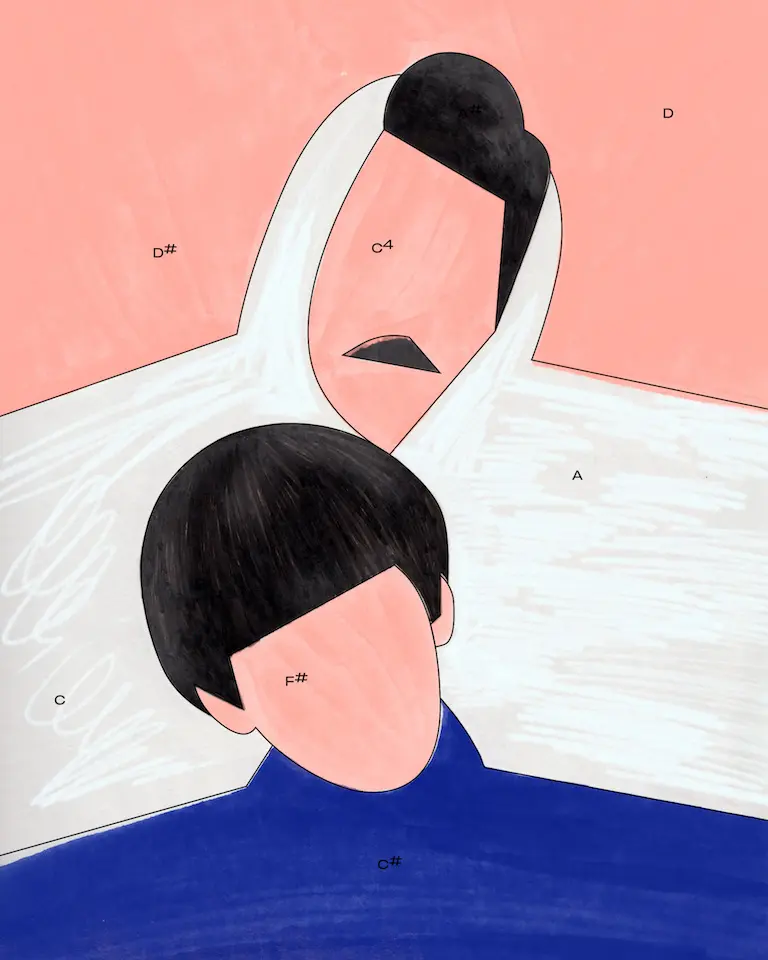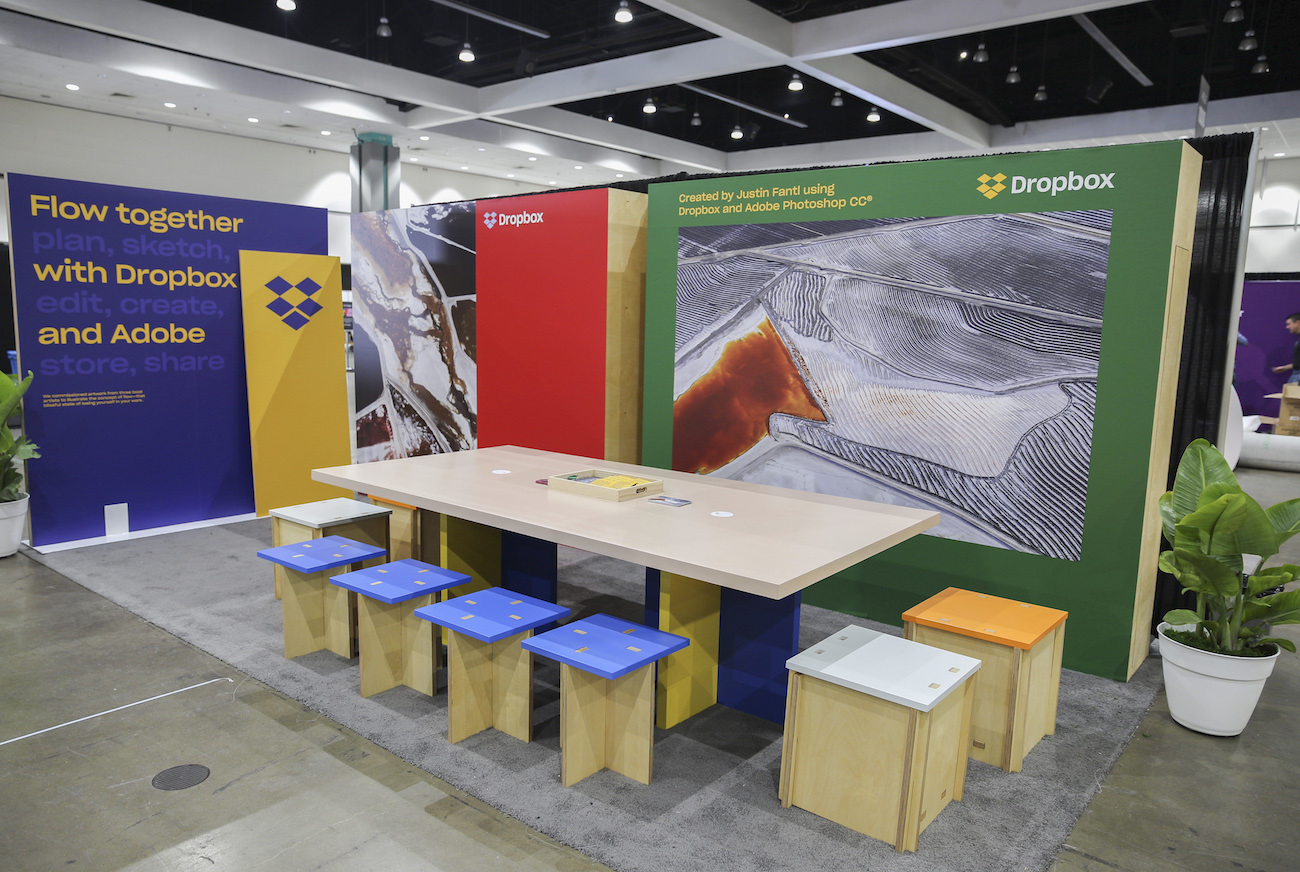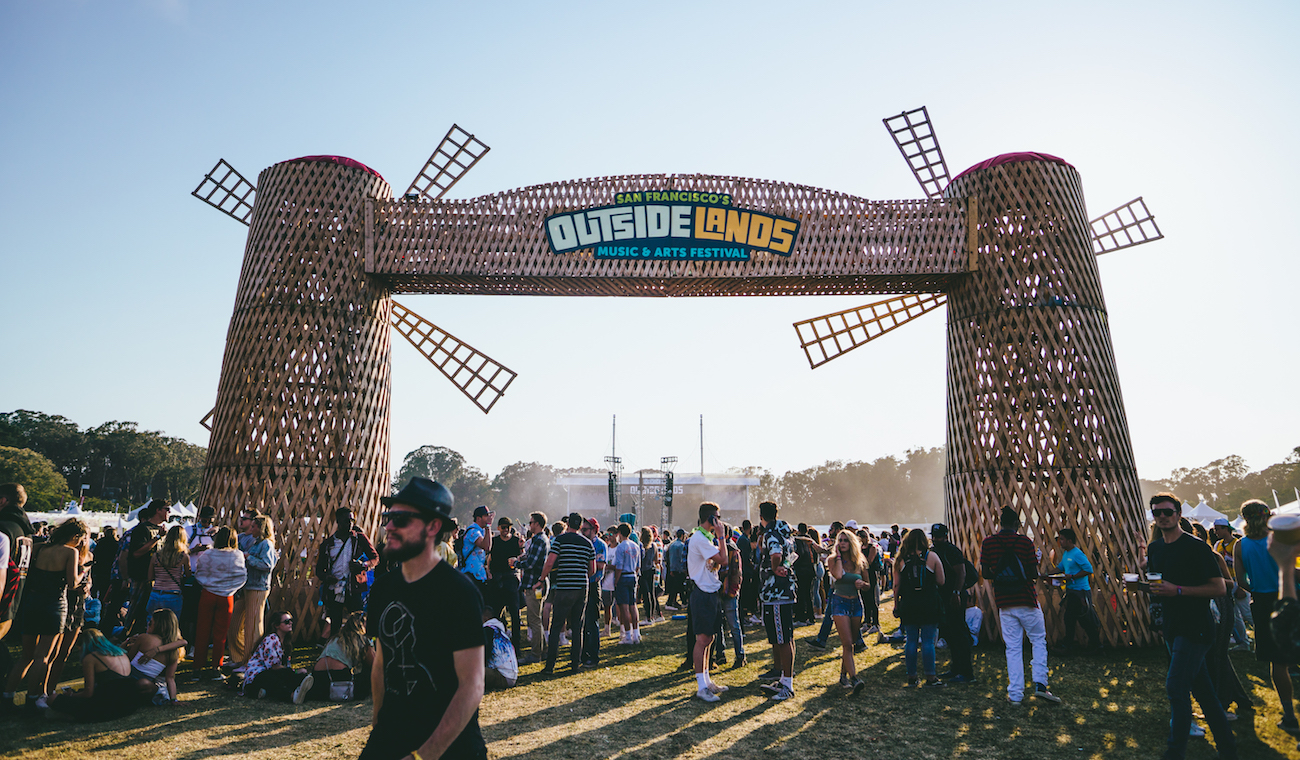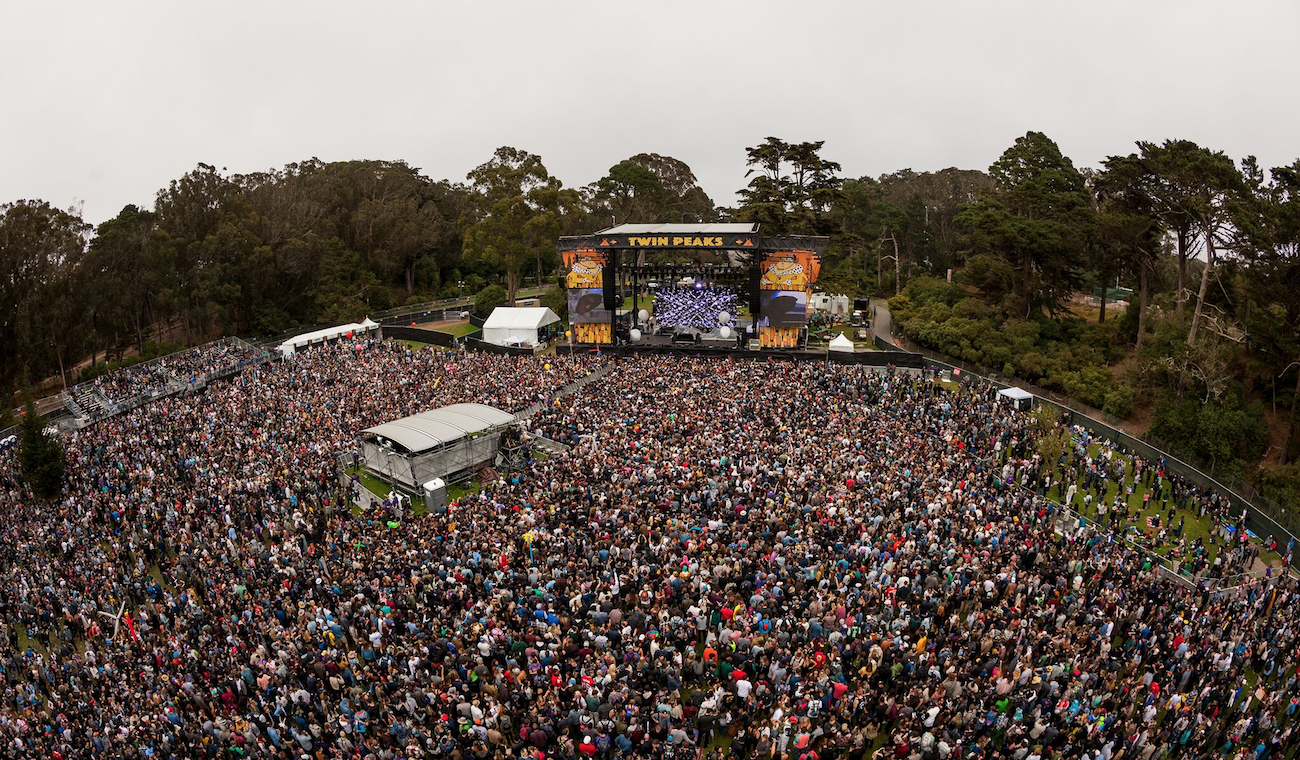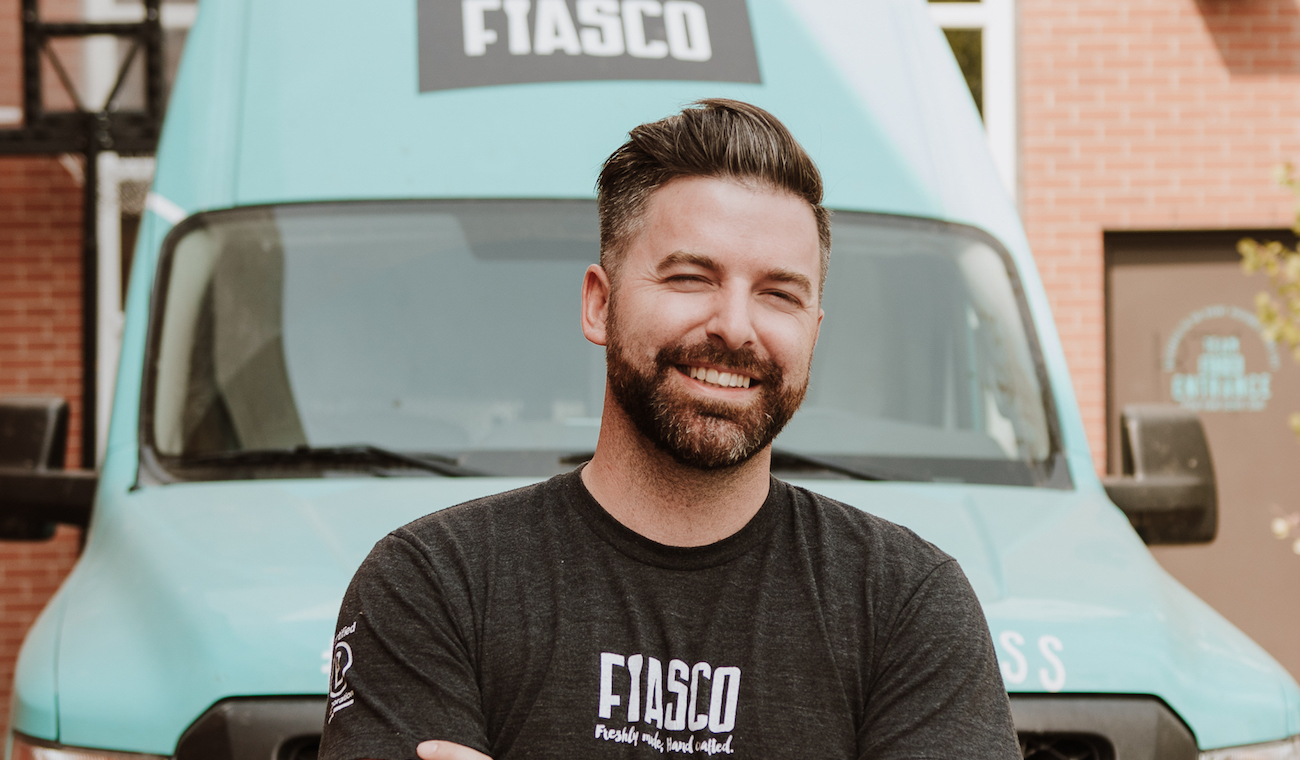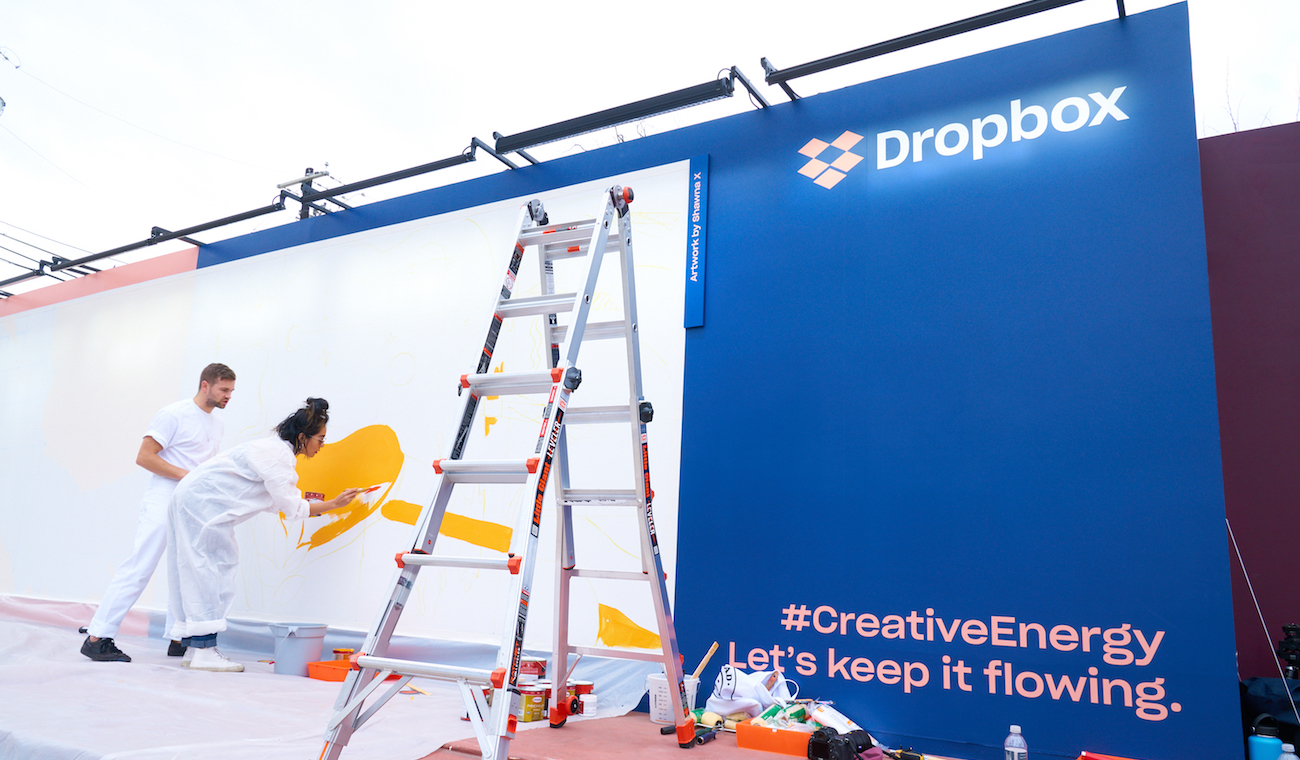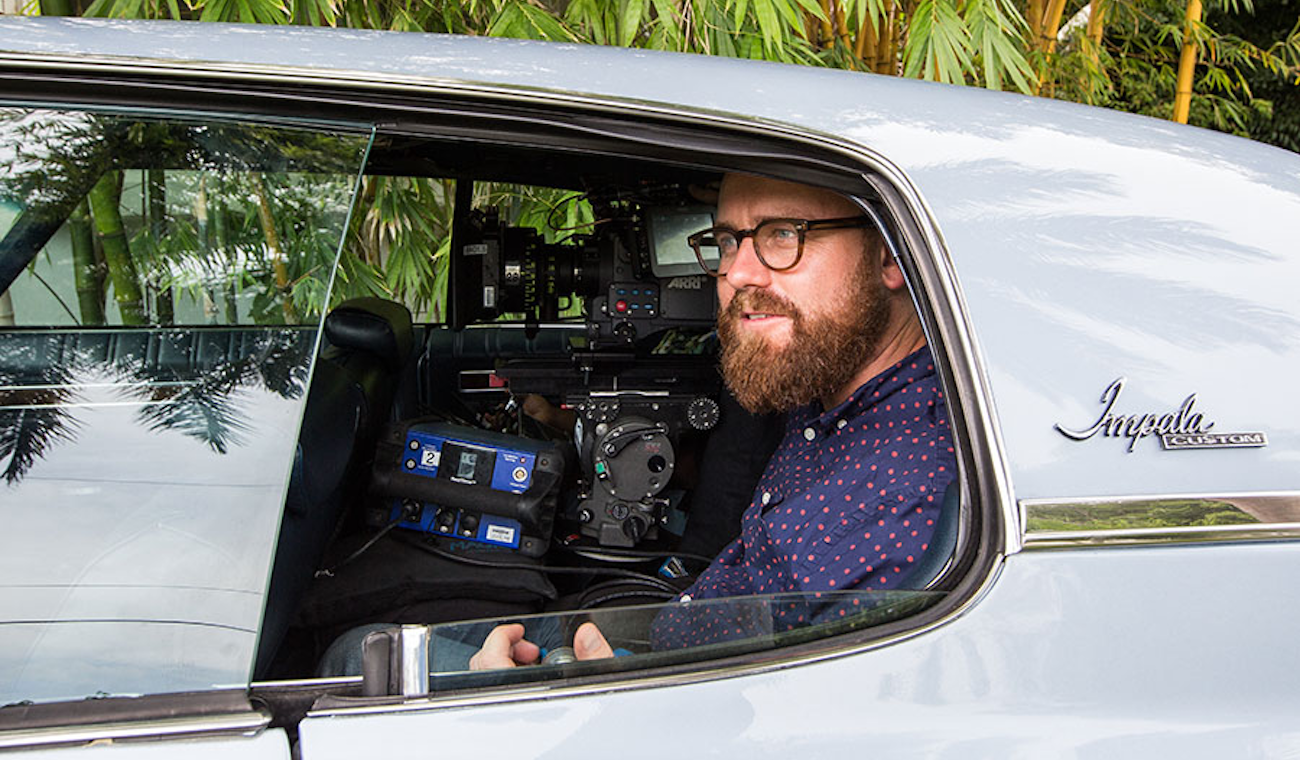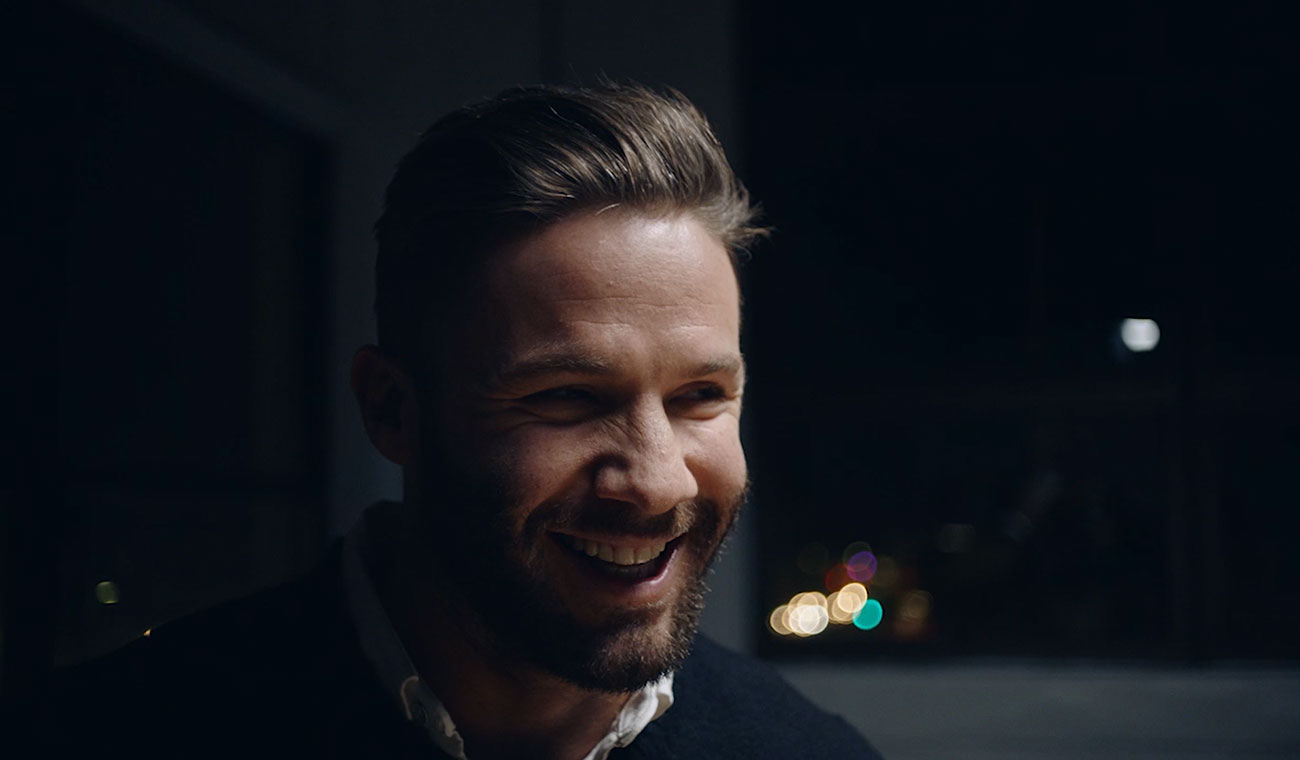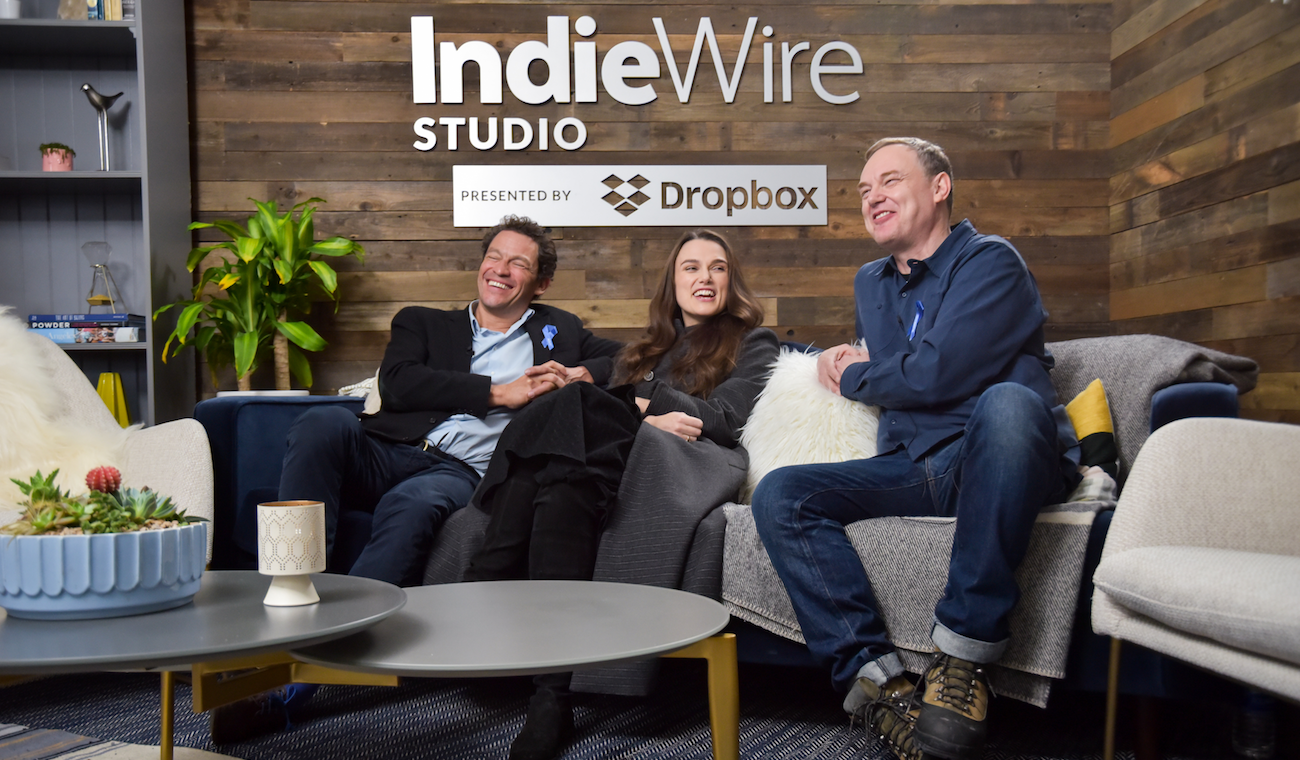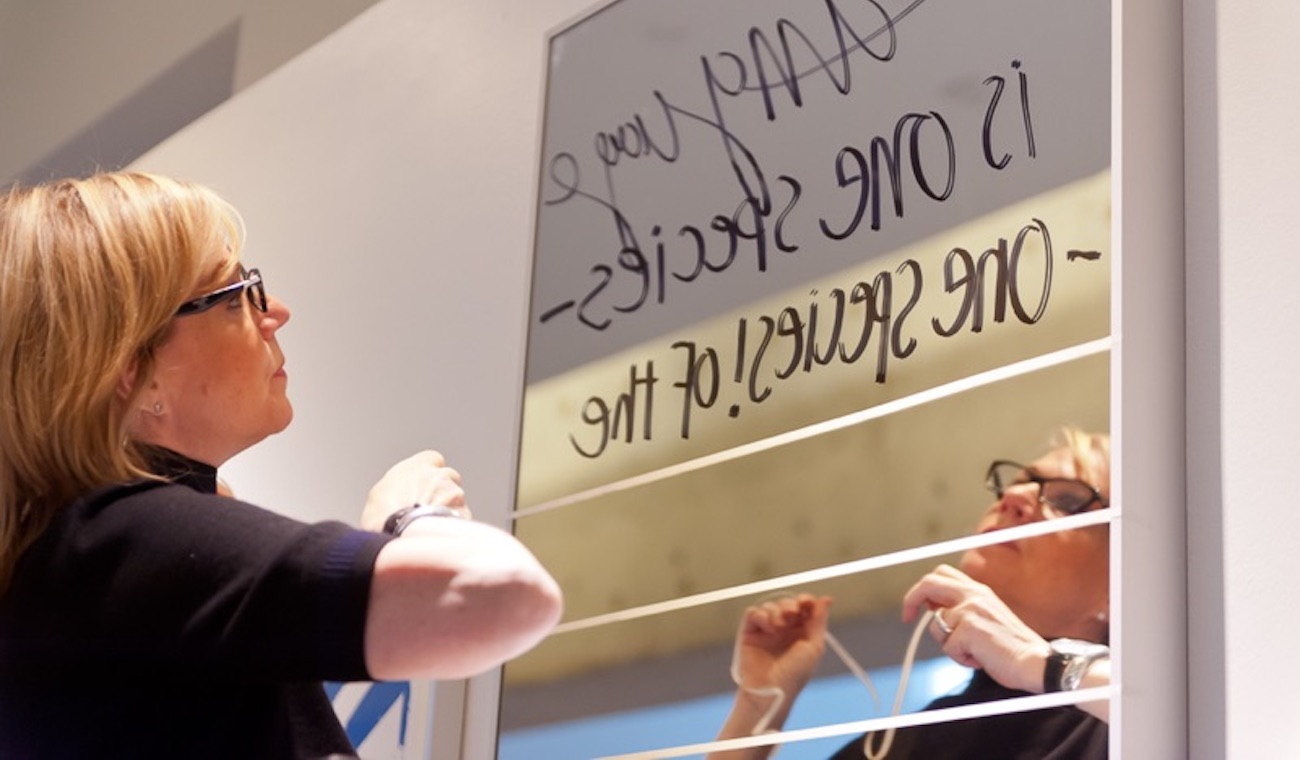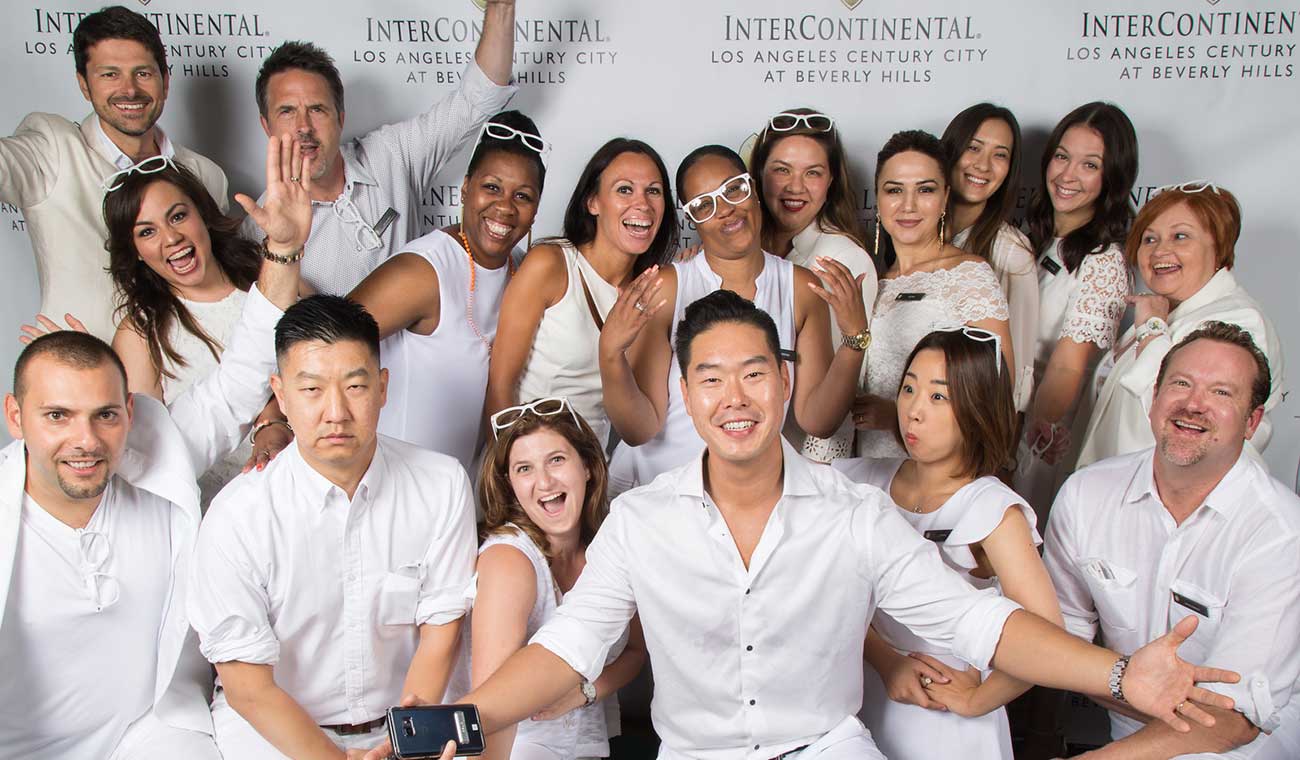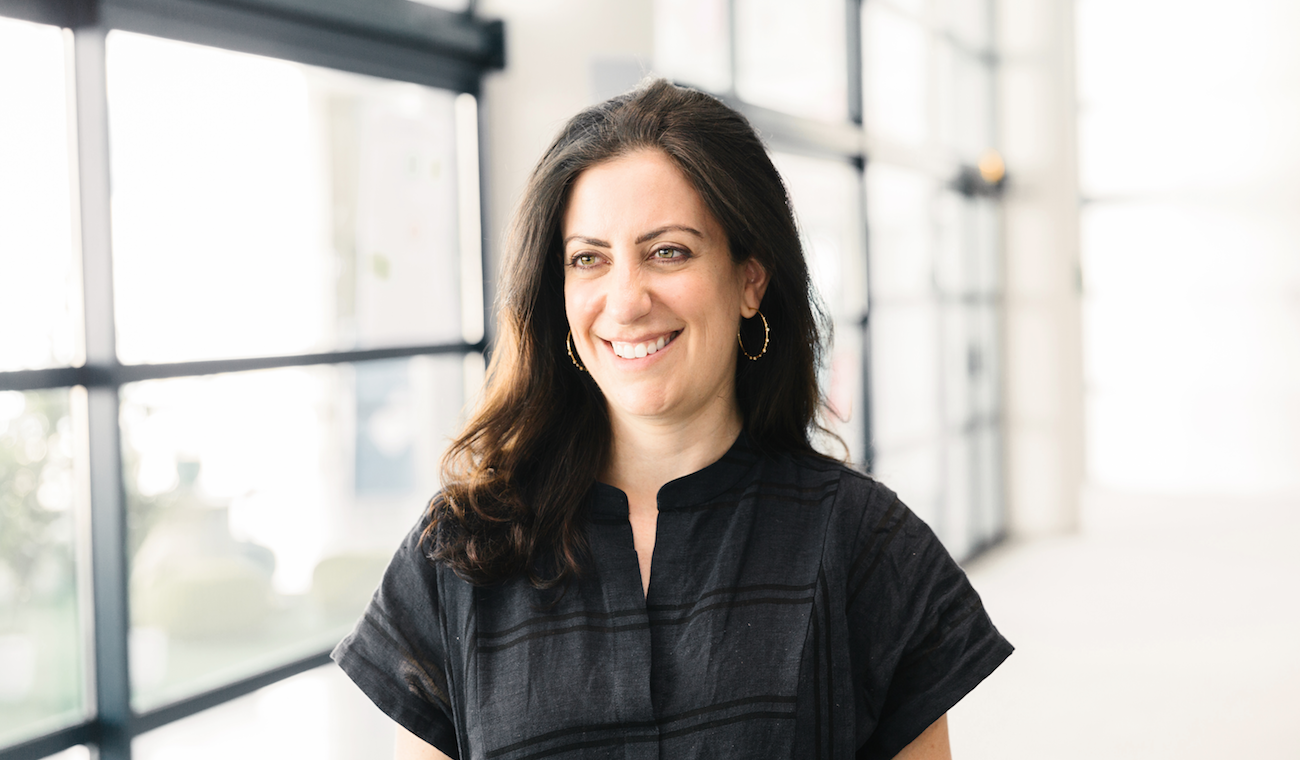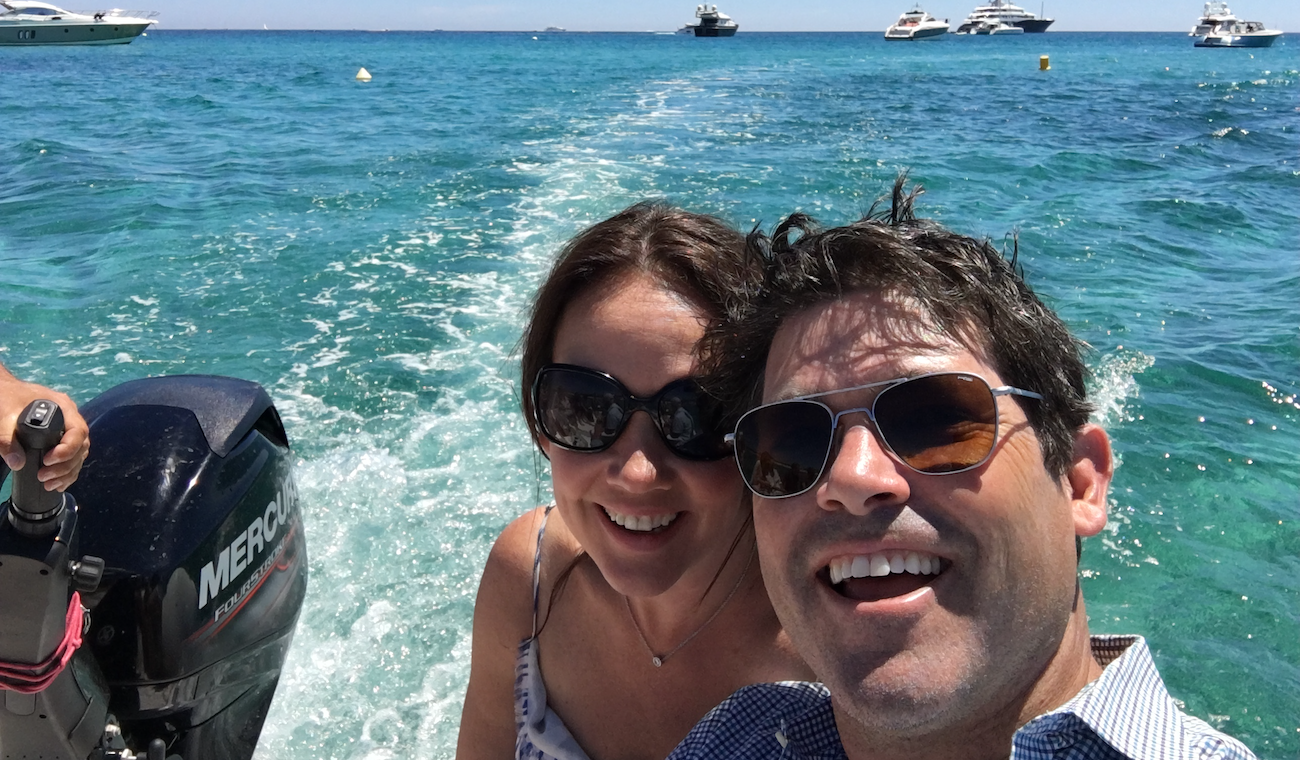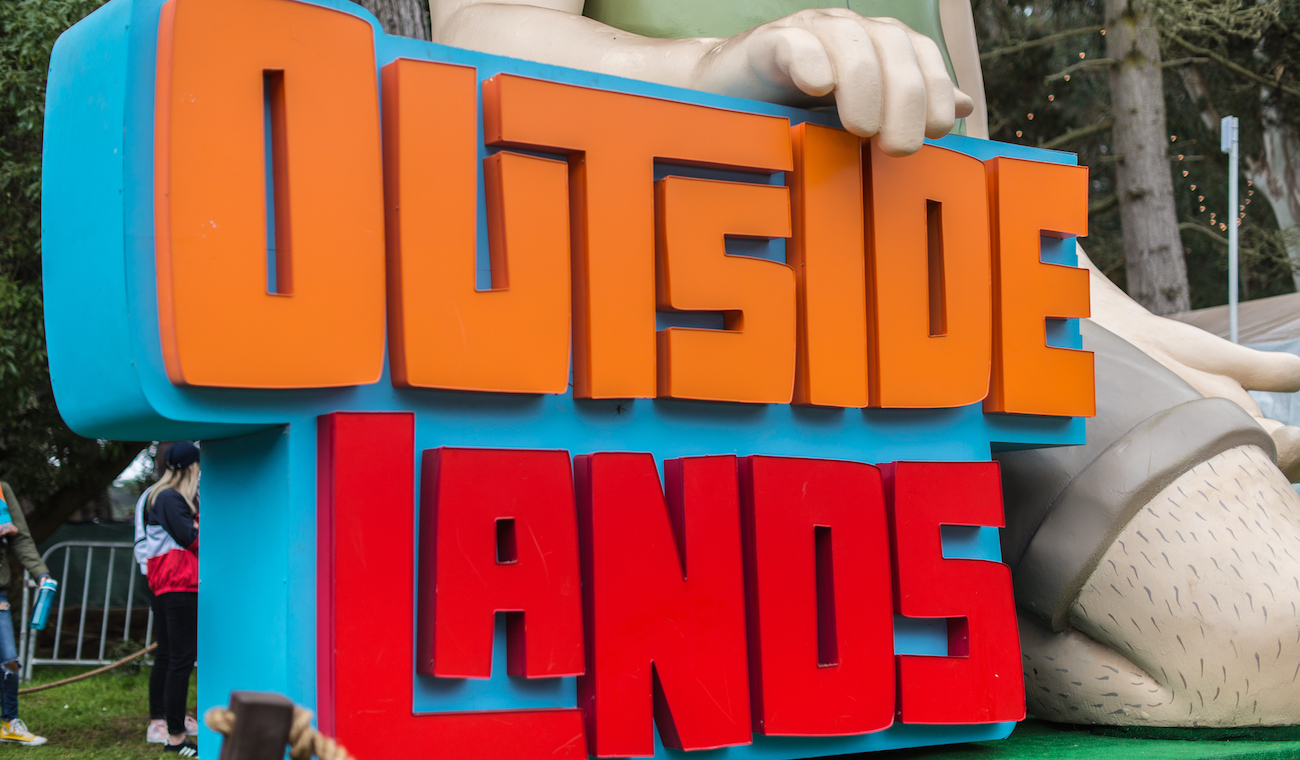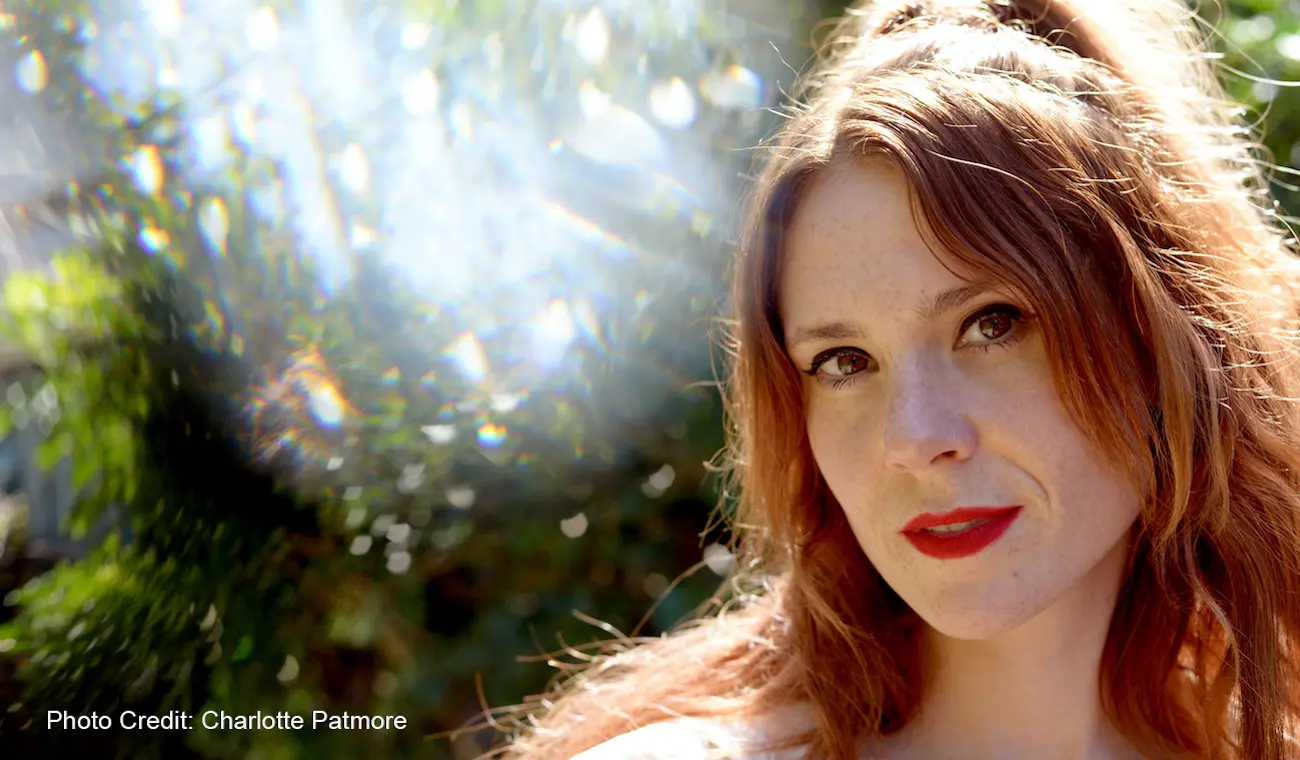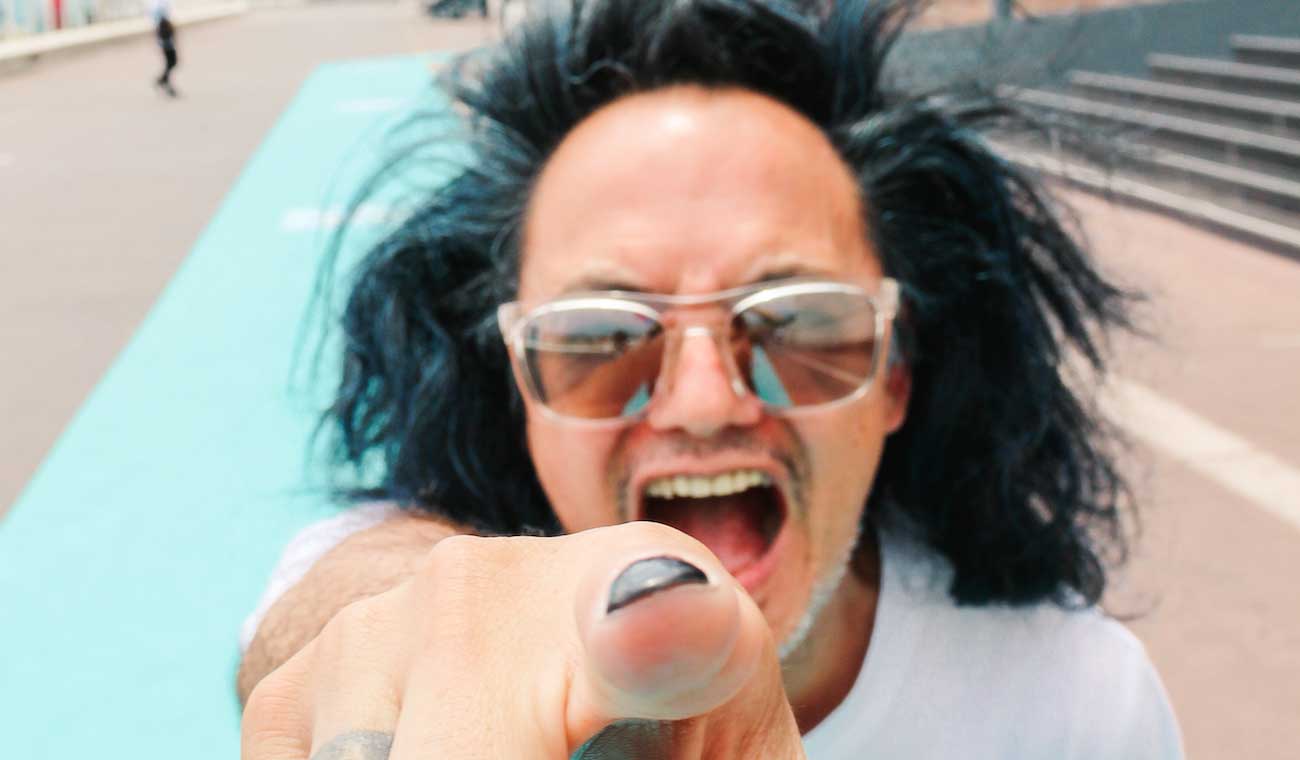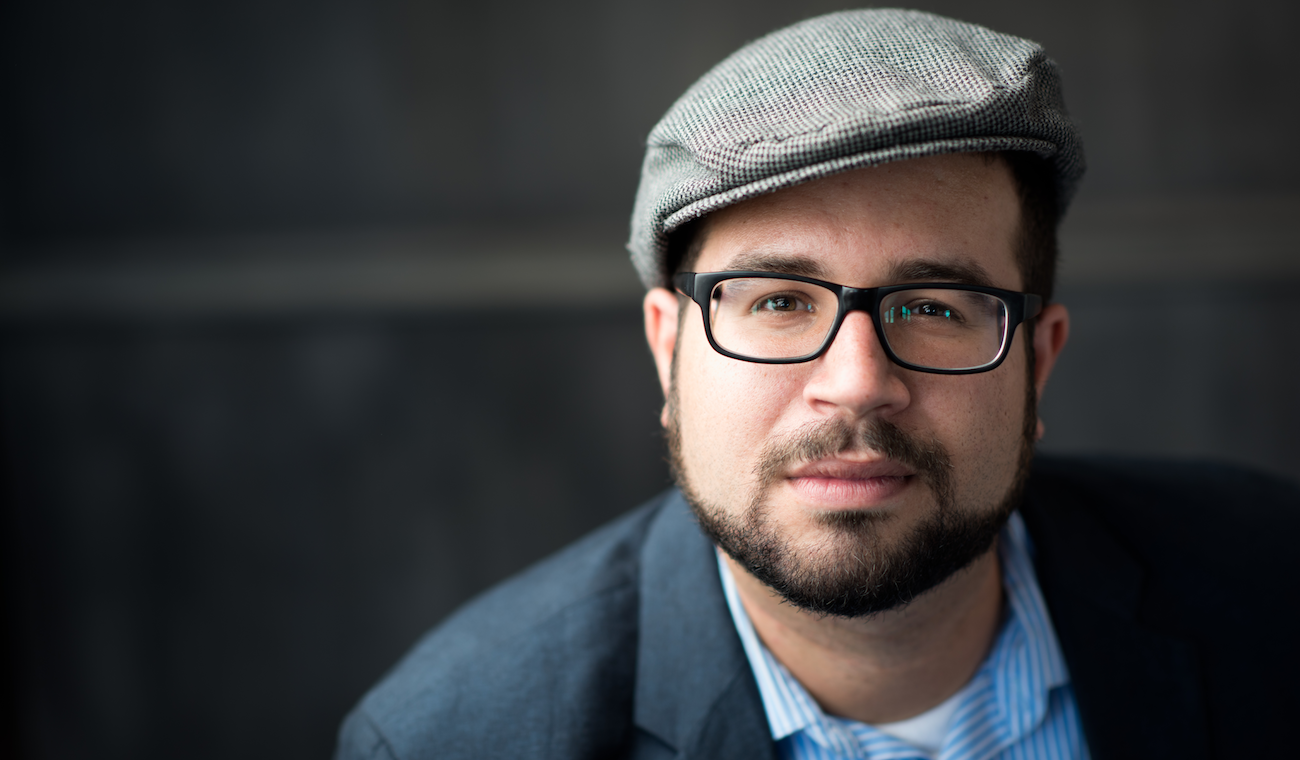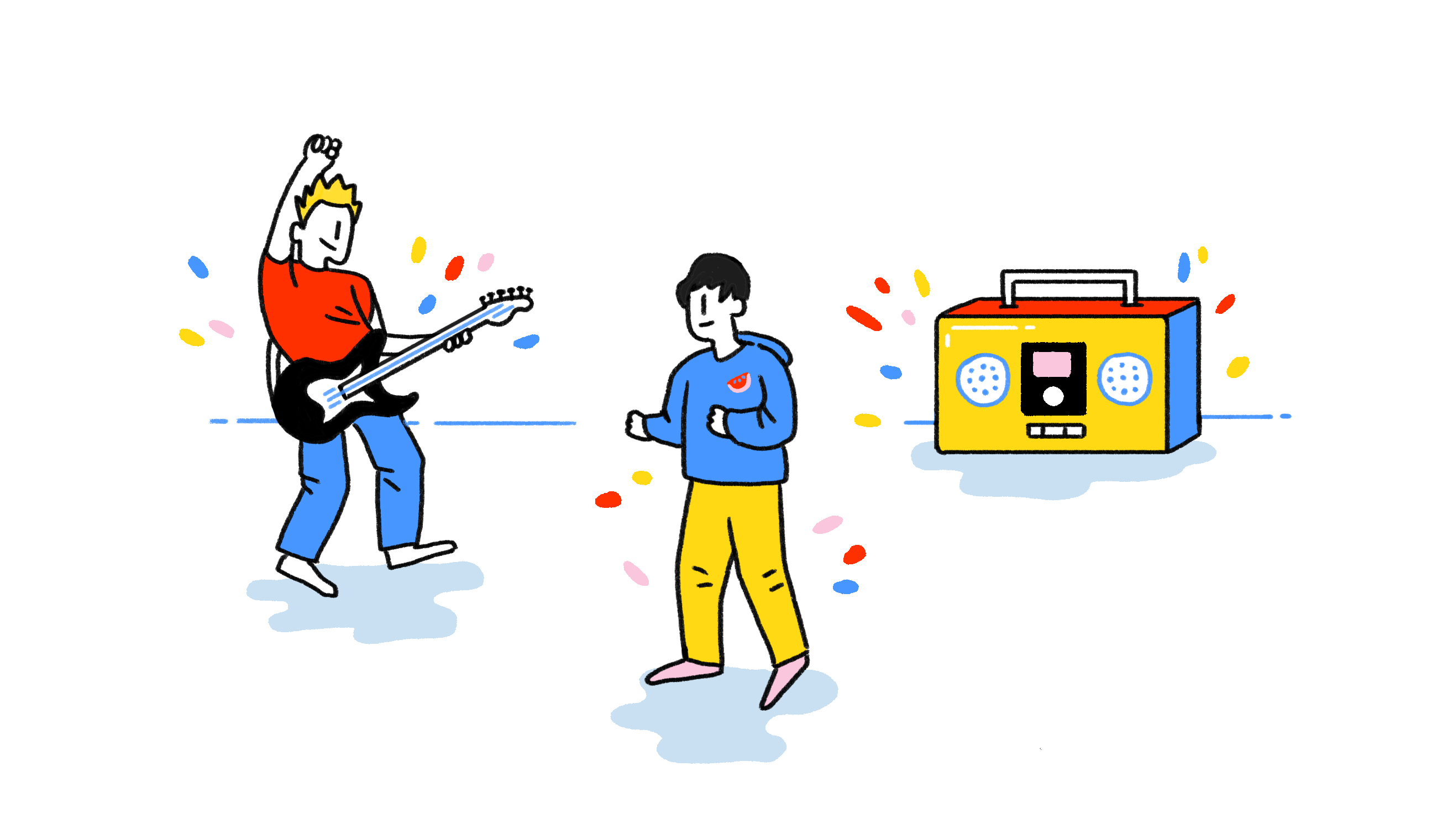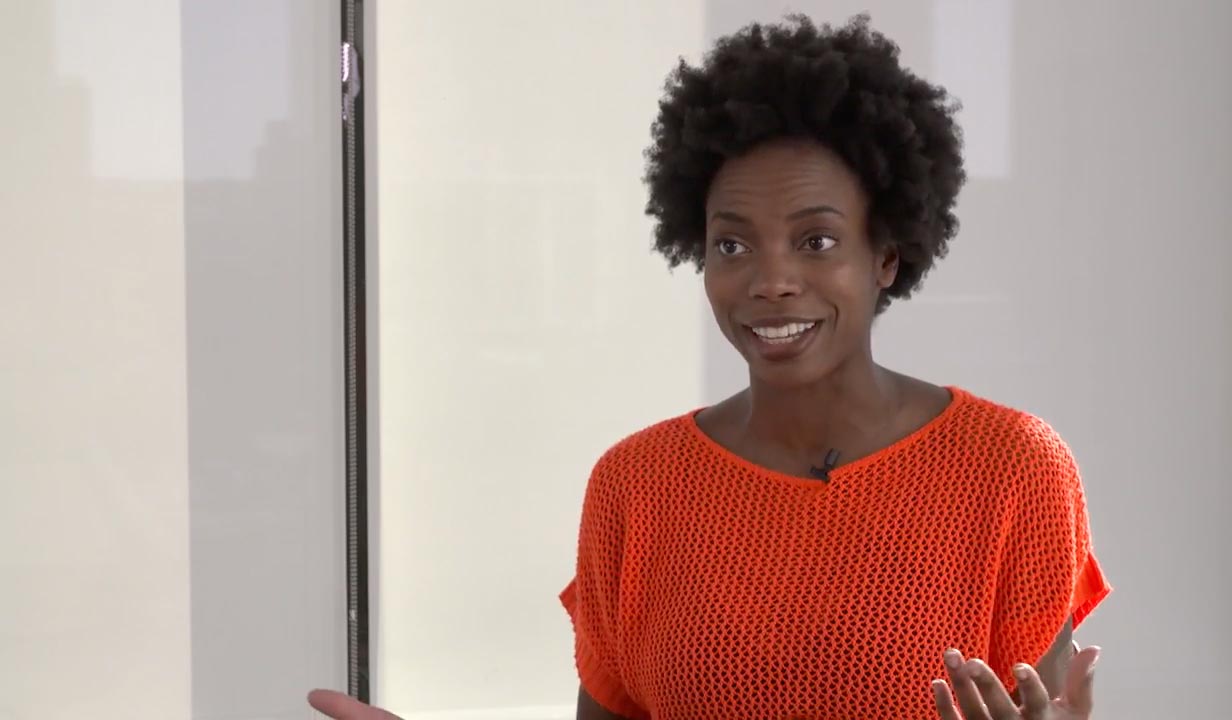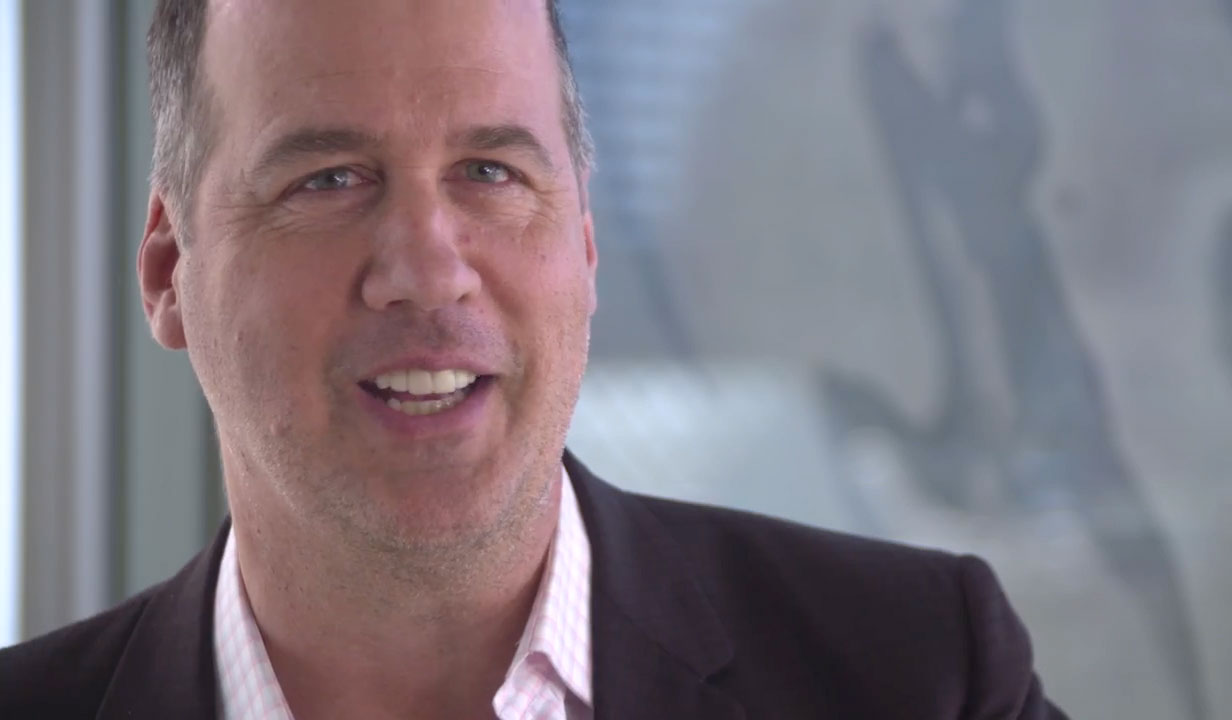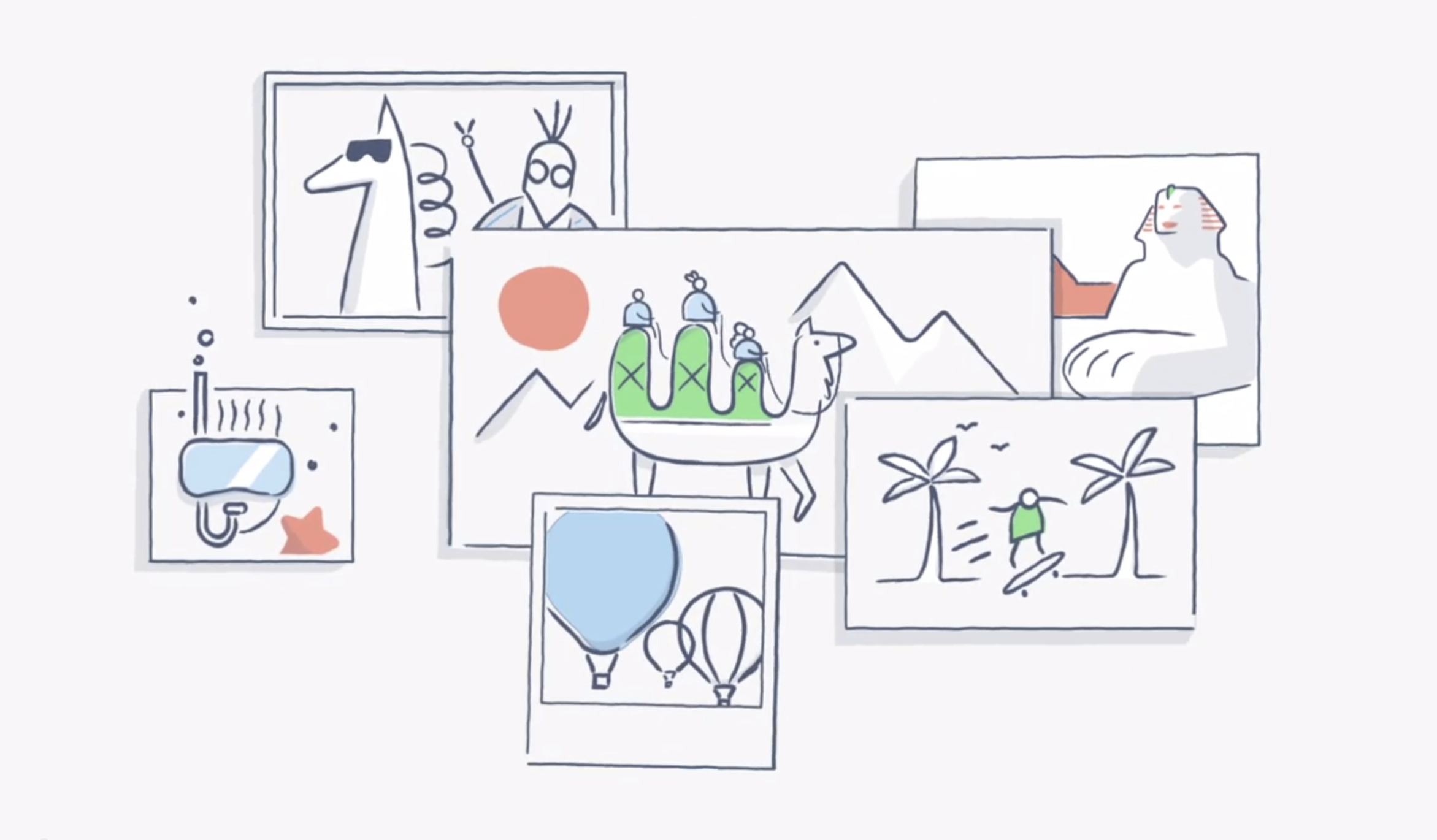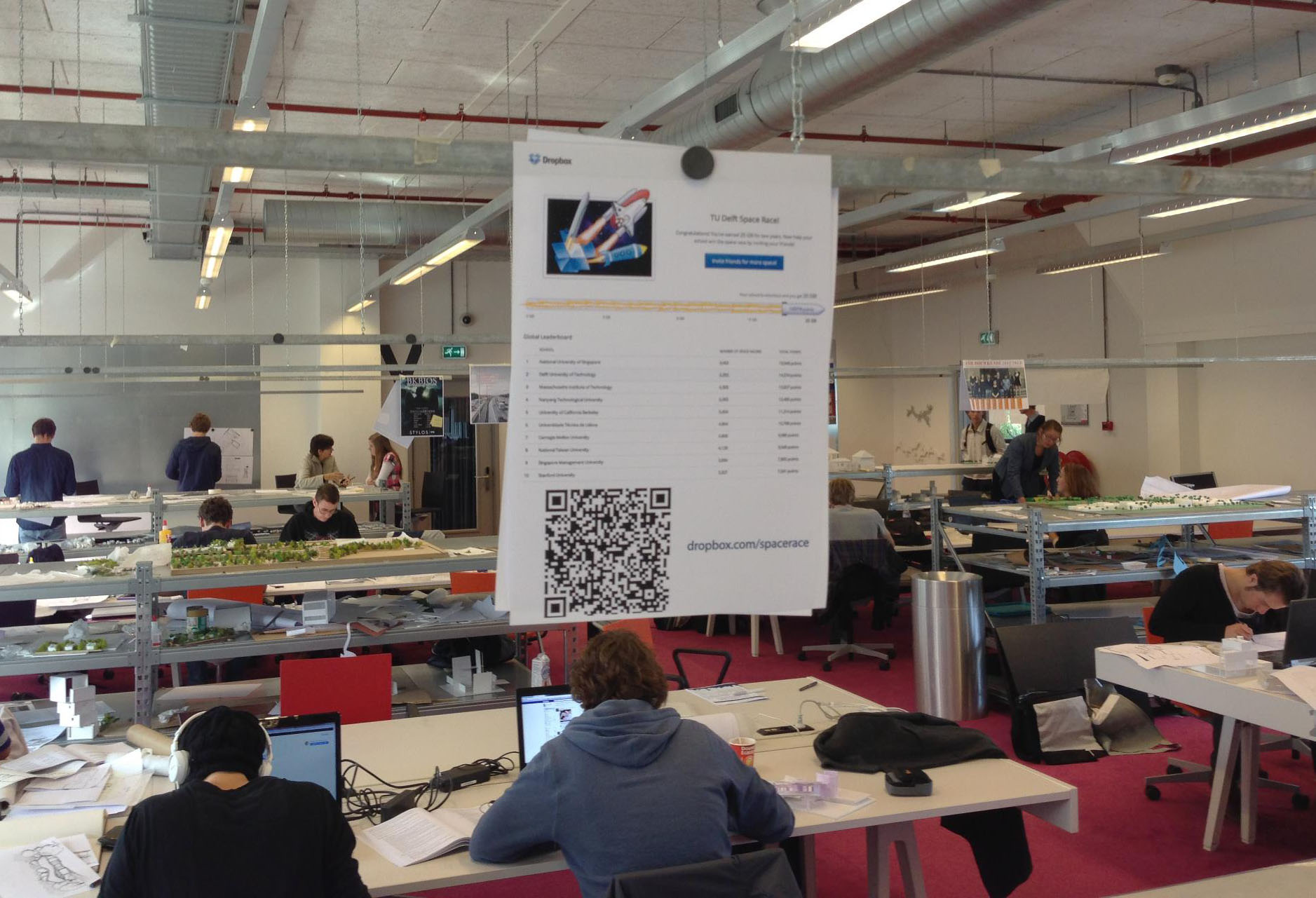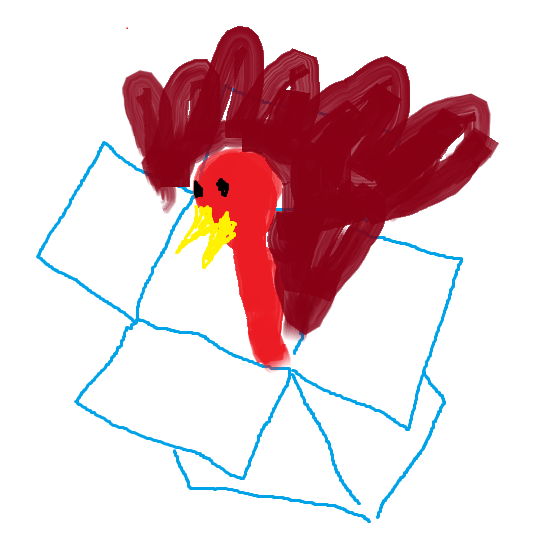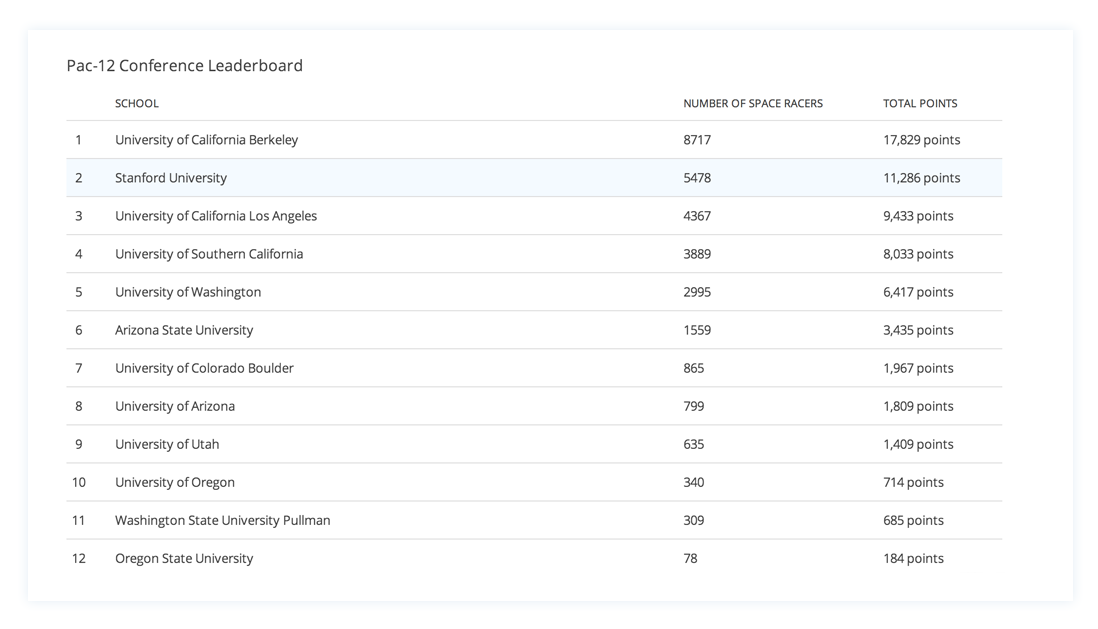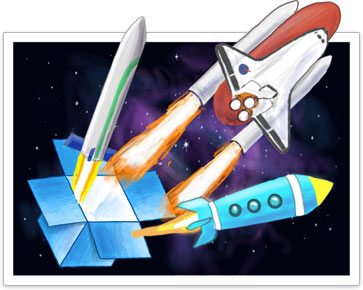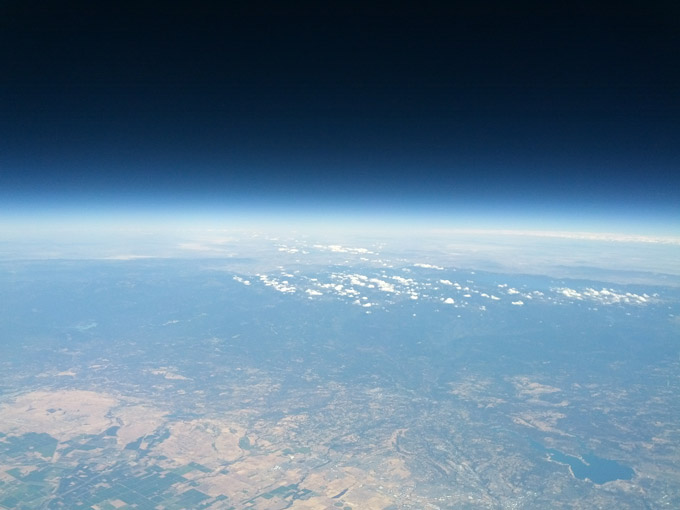
Dion Lee on finding time to focus in the ever-changing world of fashion
Published on November 21, 2019
When your customers demand something new every season, how do you dodge distractions and concentrate on creating?
Earlier this year at New York Fashion Week, we learned how acclaimed fashion designer Dion Lee and his team work together to present a new collection when stakes are high, time is tight, and the eyes of the industry are on you.
“Putting a show together is about combining all these separate creative, collaborative relationships. Dropbox allows me to streamline that communication through each of the individual collaborators.”

At our Work in Progress conference in September, Lee further explained how the cyclical nature of his business forces him to focus. We were intrigued by the idea of leveraging limitations to your advantage. So we wanted to continue that conversation to find out how he structures his schedule to do his best work.
Do you have any daily habits or tricks that you use to protect focused creative time?
Definitely. Working with my team and collaborating on ideas—and allowing yourself to be challenged by other people's perception of things—are an important part of evolving concepts. However, I think protecting my schedule in terms of allowing myself to be able to spend time working on things on my own is an important part of that process.
Do you turn off notifications or not respond to emails for certain blocks of time? Do you make it known to your team that you're not available during certain windows of the day?
When I'm working from home, I definitely go offline. It also helps sometimes when I'm traveling. I find I get a lot of creative time when I am traveling, because my Sydney team and New York team are aware that I am in transit between places and there’s less of a reliance on me being available, which often does lend itself to make a bit more creative headspace.
When you're on an airplane, for example?
The flights from Australia, which I do very frequently, you know? It's 24 hours of travel, but broken up into two flights.
Does that end up giving you time for sketching or making notes to yourself?
Yeah, sometimes I get the opportunity to sketch things out. Often when I'm traveling and sketching, it's very rough kind of concepts rather than trying to detail things out. It's just getting the ideas out in a rough format. Often, I'll revisit those rough sketches in a more detailed way when I’m back in the office. Often I'm just writing notes as well. Sometimes I'm writing them in my phone and it can be just writing and capturing ideas.
"You are almost constantly building that next idea. By the time you need to work on something, there's already been this subconscious development happening in the background."

Can you talk about the importance of iteration? How do you make sure you’re refining your original idea and not second guessing it?
That comes down to logic and responding to what is and isn't successful about an idea. It’s important for me to also step away from things and process them and reflect upon them before I’m giving feedback sometimes, especially with creative ideas. T
here is often the pressure to respond to things immediately and if I don't have an answer, I often don't respond at all. I think that's my reflex rather than feeling like I'm giving the wrong answer—which can sometimes inhibit the timeline. However, what I've realized over the years is, when I'm certain about something, things move quickly. But the uncertainty often puts things to a grinding halt.
How early do you invite collaborators into your creative process?
It takes a while for me to share, especially the initial direction for a season. I normally sit on that for up to a month on my own, and feel those ideas out myself. There's nothing worse than wasting your own team's time.
I need that certainty and confidence around the concept before handing that over to everyone and running with it. Because as soon as it is passed on to the team, it's something that I want them to work on, for them to help build out. So there can often be long periods of time.
That means that by the time you need to work on something, there's already been this kind of subconscious development happening in the background.
I do a lot of visualization. Especially with runway shows, when you're aware of what your environment is, your location or venue, there's definitely a process of imagining how something's going to look and feel.
That process really does help me design and build things out for that setting and that moment. It allows me to put it all together in my head. Then I have a vision for what I want it to look like. Then it is just bringing everyone else on board to that vision and helping them to bring it to life.
When you're presenting at places like the Sydney Opera House, do you go to those venues and take pictures to see the different angles?
Yeah. For that show, the architecture of the space and the environment in which it was being presented, the time of day, the feeling the optimism, all of those things—the air—they are such a huge starting point for what the collection is going to be. It helps you visualize that.

So you're sort of collaborating with the shapes of the environment in a way?
Yeah, definitely. It's establishing an environment and the context in which a collection is going to be presented: “How are people going to look at this? How are they going to see it? What else are they going to see? How do the clothes exist within that moment?”
"So much of what I do as a creative director is being able to jump between a multitude of different things... to work with different categories of the business and bring them all together."

Your aesthetic often combines opposing elements. If you're looking at an environment like the Sydney Opera House, are you trying to do something in opposition to that?
I think it can work in that way. The most recent show we presented during New York Fashion Week in September, I really wanted natural light for that collection because we were working with these sculptural leather harnesses.
It was really important for me to offset the sexual context of some of that language with something that felt fresh, daylight, summery, rather than going into too much of a dark language. So in that way, you can sometimes be looking to offset an opposing environment with the collection itself.
Why do unexpected juxtapositions appeal to you? Is it about finding a balance?
It's very much about balance. A big part of my work, I would say, is balancing an opposing element. That's just my nature as a person. I'm always looking at balancing things. Soft and hard. Light and heavy. There's definitely a play on contrasting elements.
Is that something you were aware of from the beginning?
To be honest, my design style and approach haven’t really changed much from when I was in college. If anything, I've found that it's interesting how repetitive some of the threads are. However, I would say over the years, my technical expertise and also my experience and understanding of what I'm doing has obviously escalated, along with the caliber of collaborators that also work on the collection itself. However, the language is very similar.
I don't think it was until I had to start talking about my own work as a designer that I started to try and put it into words. Initially, I wasn't thinking, “This is my design aesthetic.” If anything, it was very intuitive. Only since then have I had to build strong language around how to define my own aesthetic in both a press and brand capacity, It's just that I'm a more visual person. I hadn’t thought, “Oh, this is how I would articulate it in words.”
You’ve said that from a designer's perspective, collaborations are always appealing because they're an opportunity to learn something. What are some of the most memorable lessons you've learned from recent collaborations?
Being challenged by other people's creative processes is interesting—understanding how other creatives think about things and view things. I think everyone is different in terms of how they approach their own process. I think those insights are what I've appreciated as a designer.
It's so different for each collaboration and each individual creative but yeah, It's also just stimulating to see other creatives being inspired and that process of understanding how they draw inspiration and how they feed their own process. That's what I find really interesting: what gets other people excited.
“When you're designing clothes for a body, the anatomy of the body underneath the clothes becomes a really important dialogue. So much of what we're doing is sculpting around the physical form.”
You draw on science, nature and in industrial elements as part of your inspiration. What's your process for combining elements that are so disparate?
All of those elements are different in terms of each collection. There have been, in previous collections, more anatomical references. We've drawn on the design and the biology of the human body.
When you're designing clothes for a body, the anatomy of the body underneath the clothes becomes a really important dialogue. So much of what we're doing is sculpting around the physical form.
I think how I've previously drawn on anatomical references has been something that has been a consistent ongoing inspiration. A lot of it has been looking at the language around that and delving deeper into inspirations that also help build those ideas out.
At our Work in Progress conference, we announced that we're building a smart workspace to bring together all your content and apps in one place, with the goal of reducing distractions so you can focus. How would you envision a smart workspace for fashion designers?
It's an interesting question because obviously, so much of what I do as a creative director is being able to jump between a multitude of different things. In that way, a [workspace] for a fashion designer is extremely collaborative. It is the ability to work with a multitude of different categories of the business and bring them all together.
The independence of working away from a team doesn't really function in that collaborative way. However, I think it's a balance between being able to focus your ideas and having the time to pull away from that fast moving team, also dropping back into [the team] and creatively leading so much decision making across product and creative and brand at the same time.
"We run our business on Dropbox. So much of the way our business works is communicating between our design team in New York and our production team in Australia.”
What are some of the apps you use on a daily basis?
We run our business on Dropbox. So much of the way our business works is communicating between our design team in New York and our production team in Australia.
There's a multitude of different programs that work across corporate, work across design and production. Photoshop, Illustrator, InDesign. Excel is huge for us in terms of being able to track and communicate the progress and design of each collection between the two teams.
The sales platforms we use and the communication between the sales team in New York and the sales team in Sydney, all is working across our Dropbox platform.
Would being able to have those accessible from one dashboard be ideal for the way you work?
Definitely. Yeah, that would be amazing.
Are there any new technologies that have impacted or refined your creative process?
I've started to sketch with an app and doing that straight into a program. I do a combination of both. The ability to draw on existing sketches and make modifications has been really helpful.
Dion Lee is our newest Dropbox Brand Ambassador. We invited him to join our community of Ambassadors because of his pioneering vision and expert ability to use Dropbox to collaborate with his team and create something completely original. To learn more about his fashion brand, check out global.dionlee.com


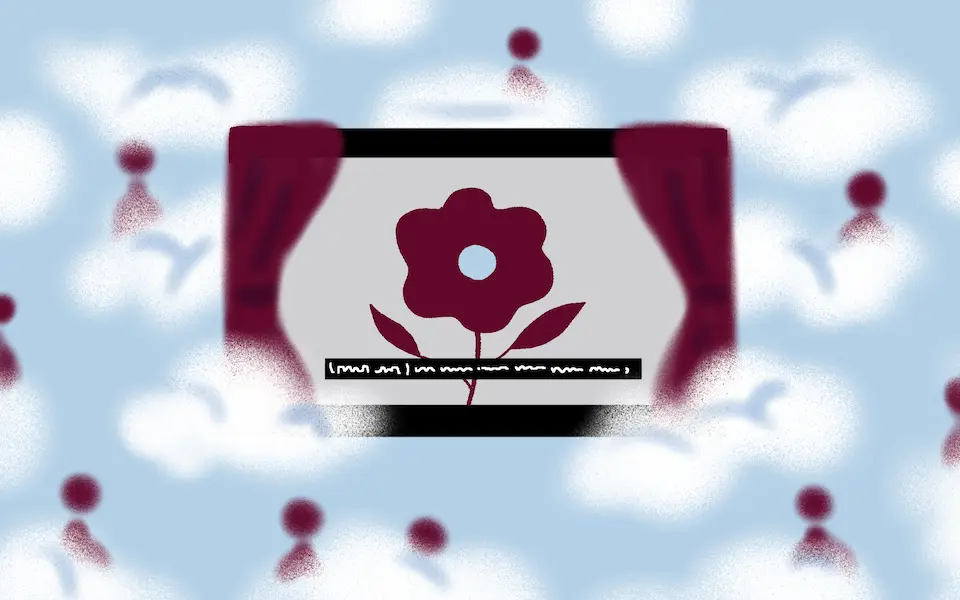
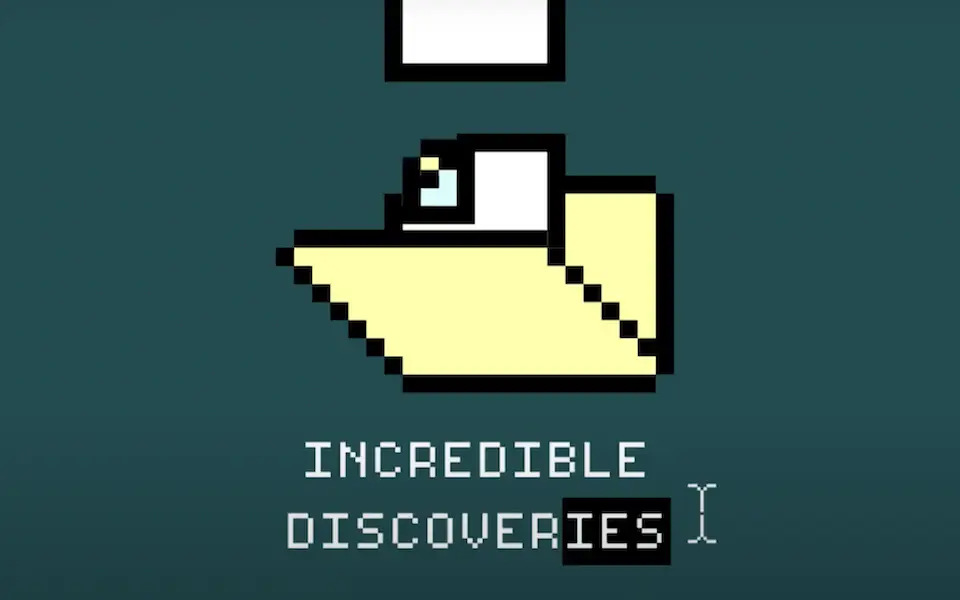
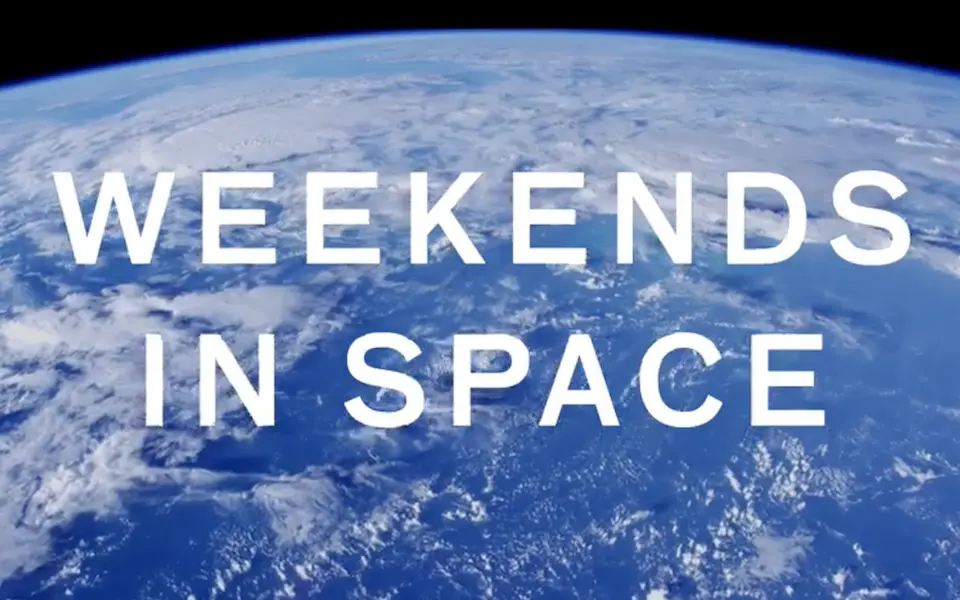
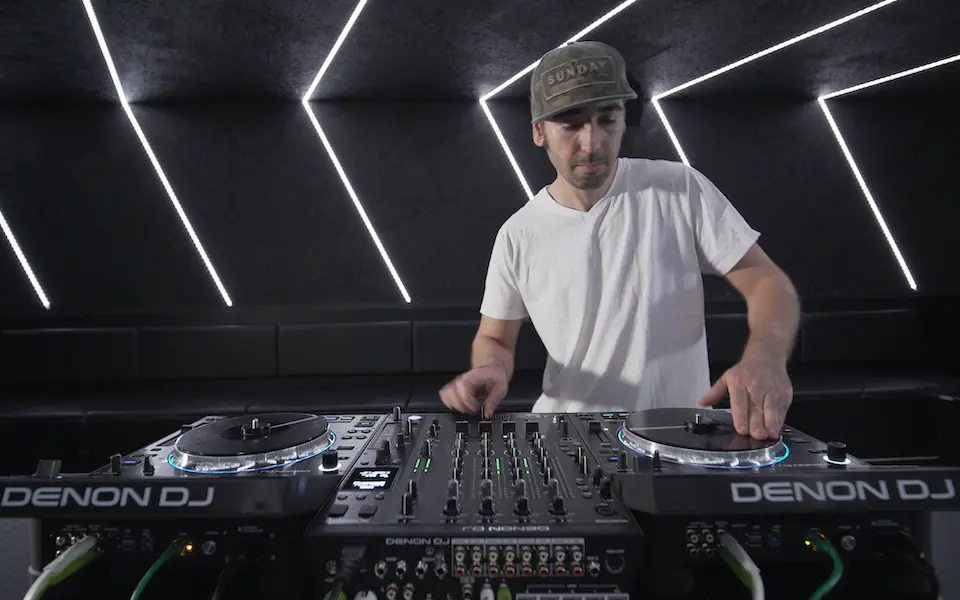
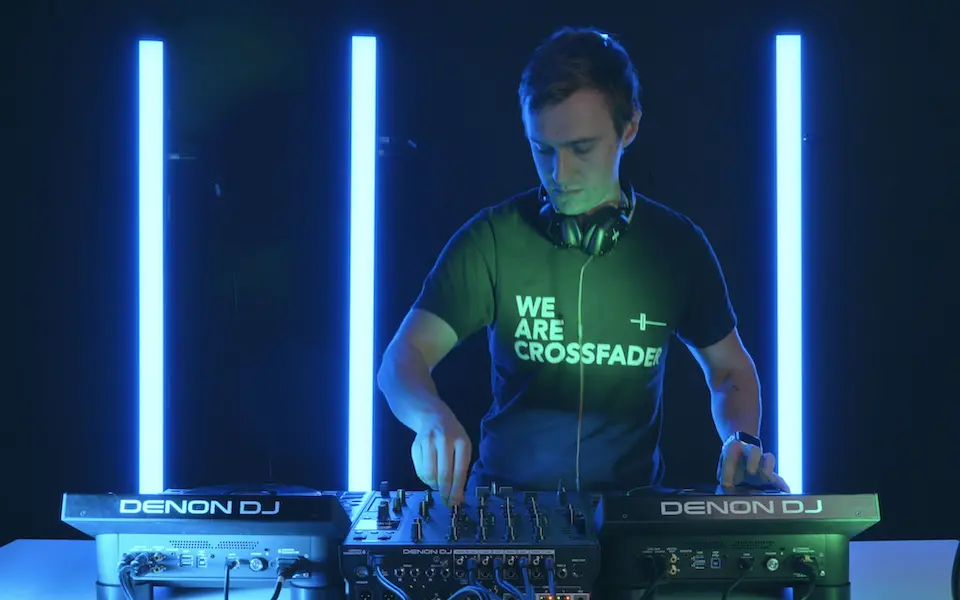



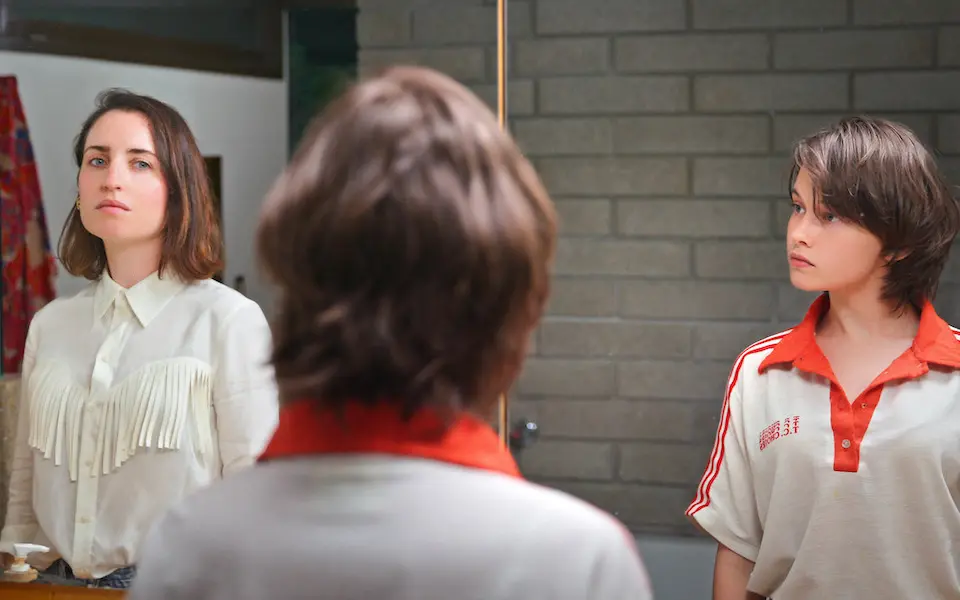
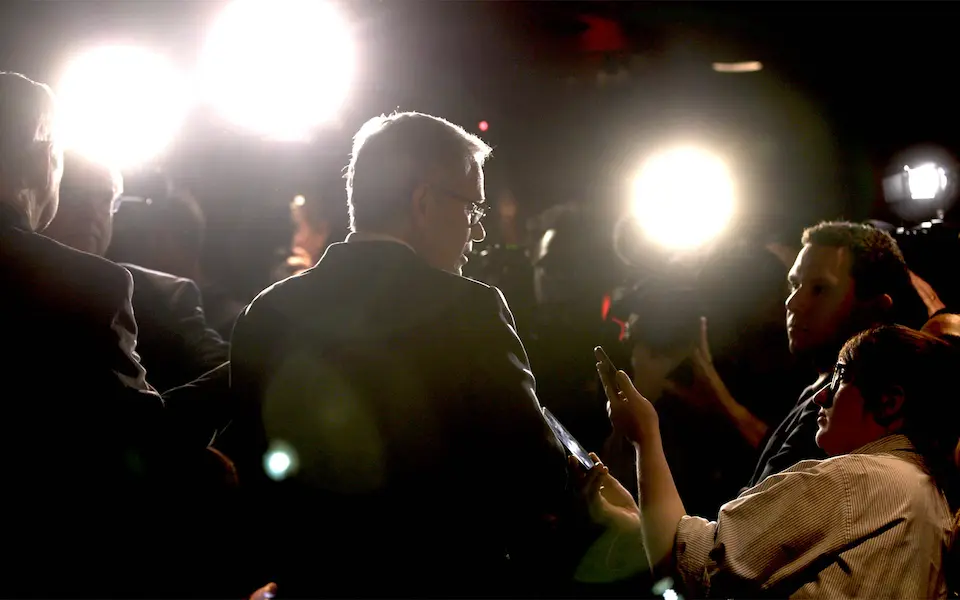
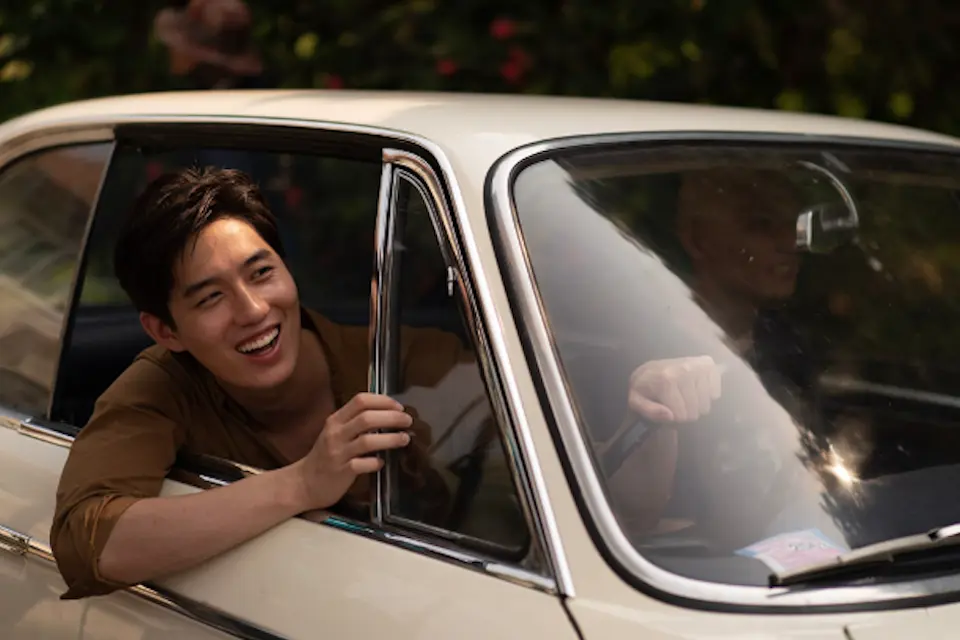

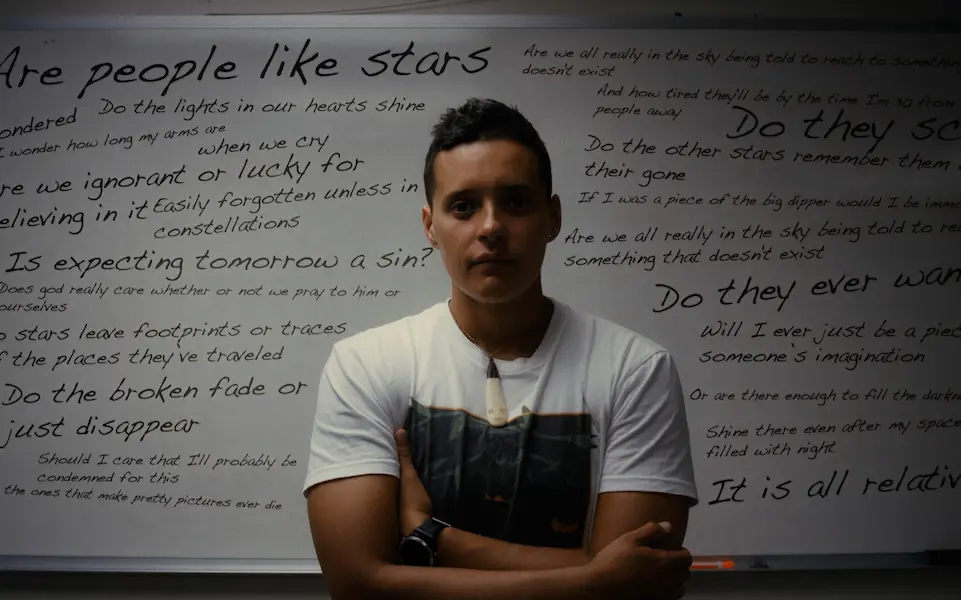
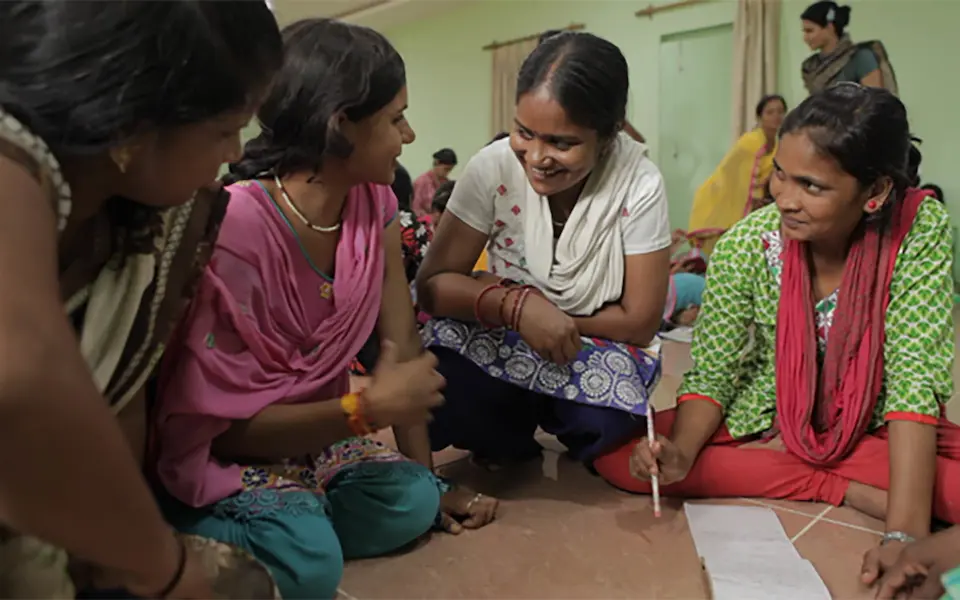
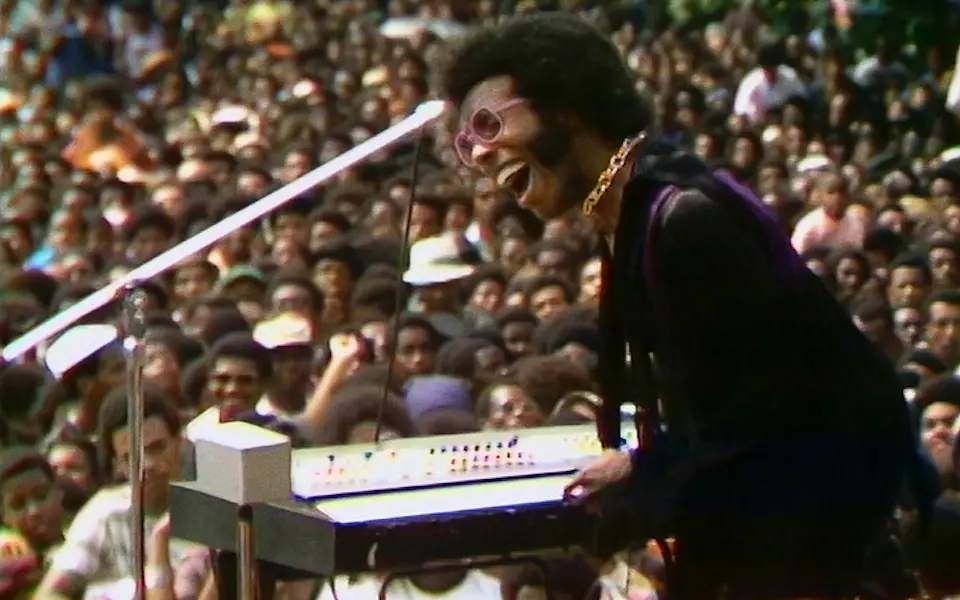
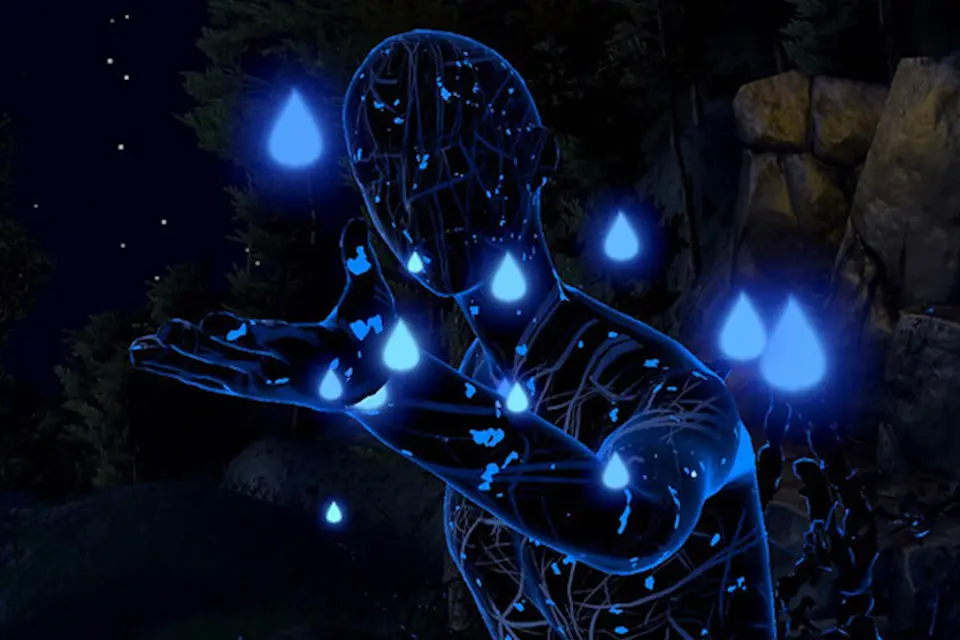
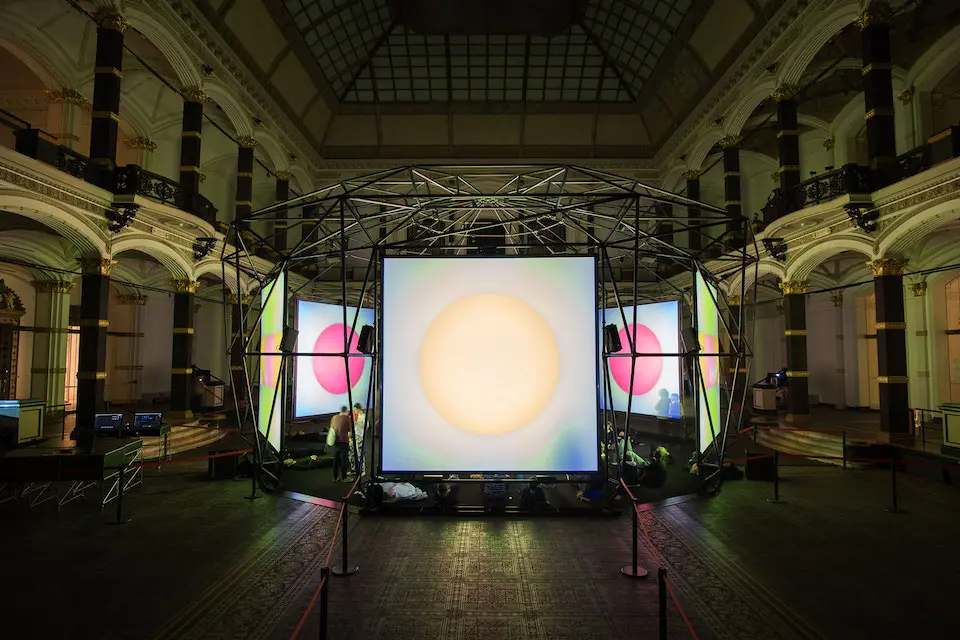




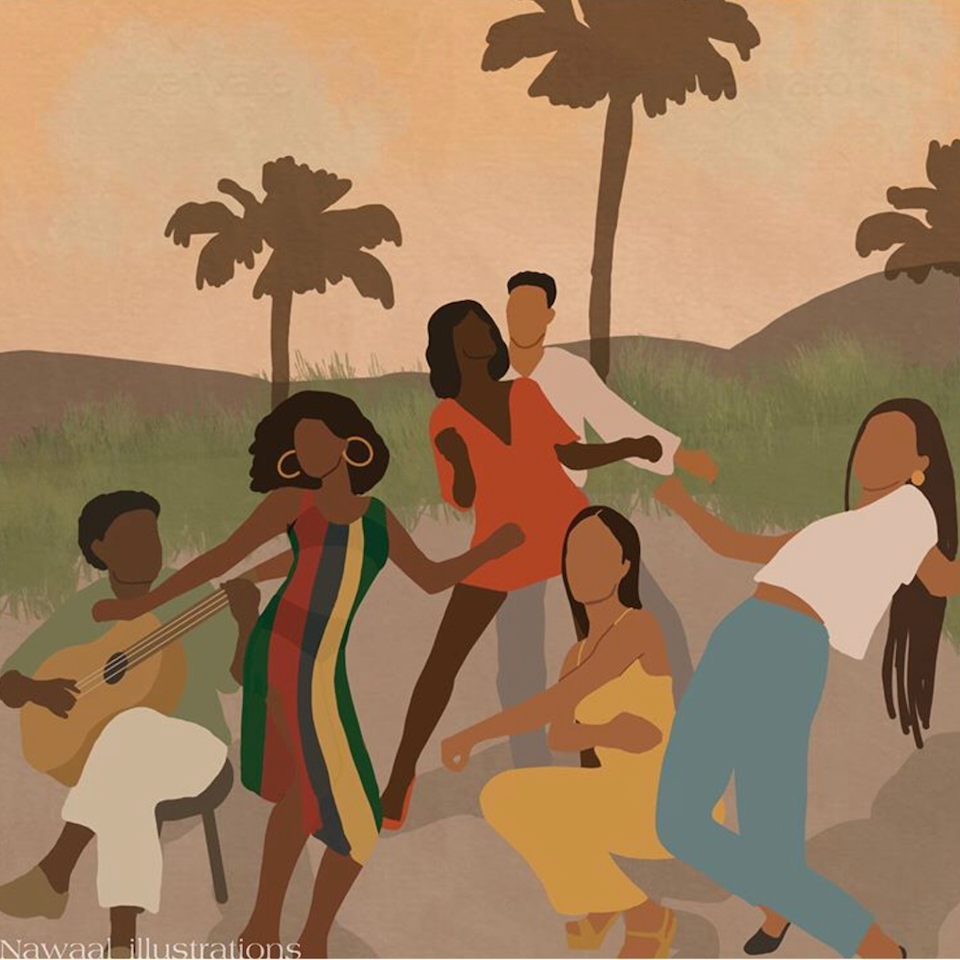


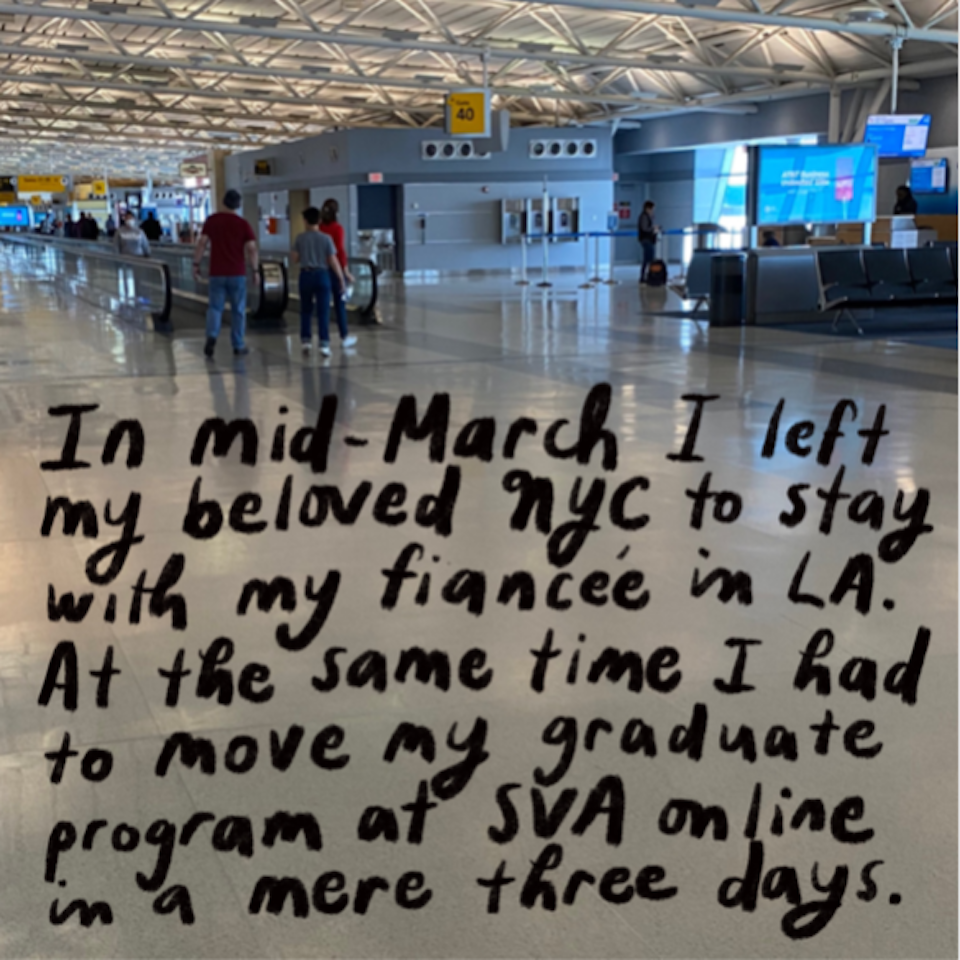
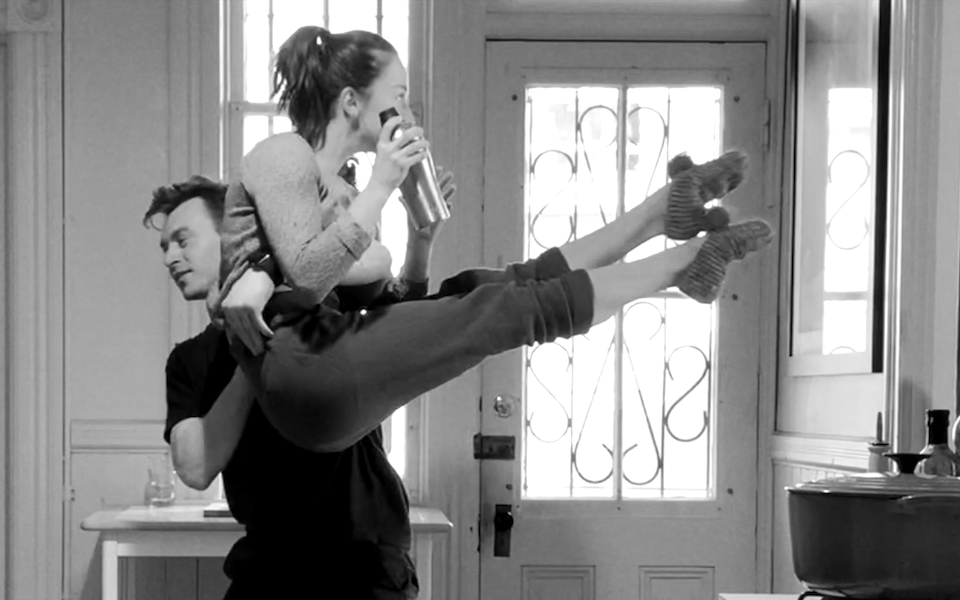
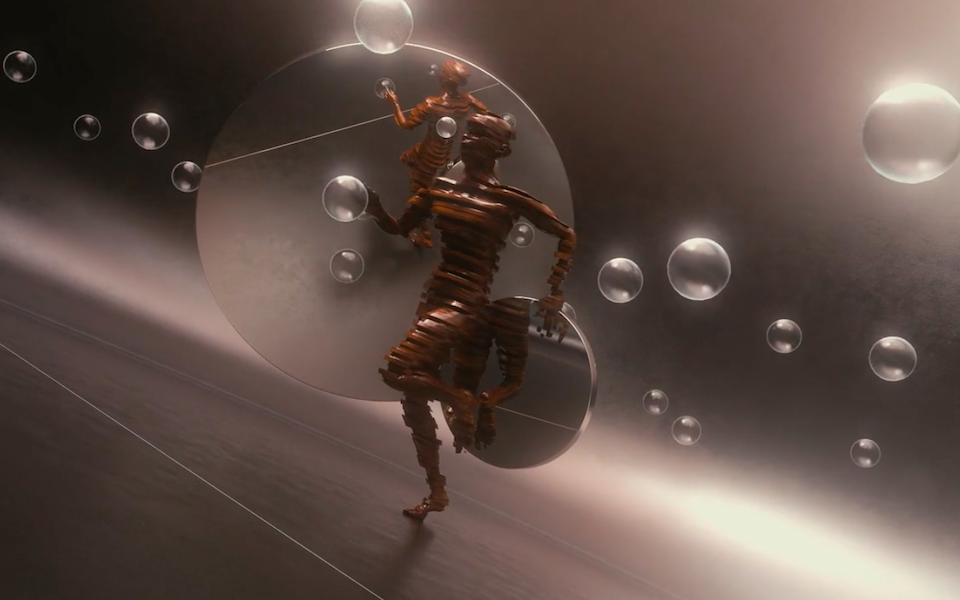
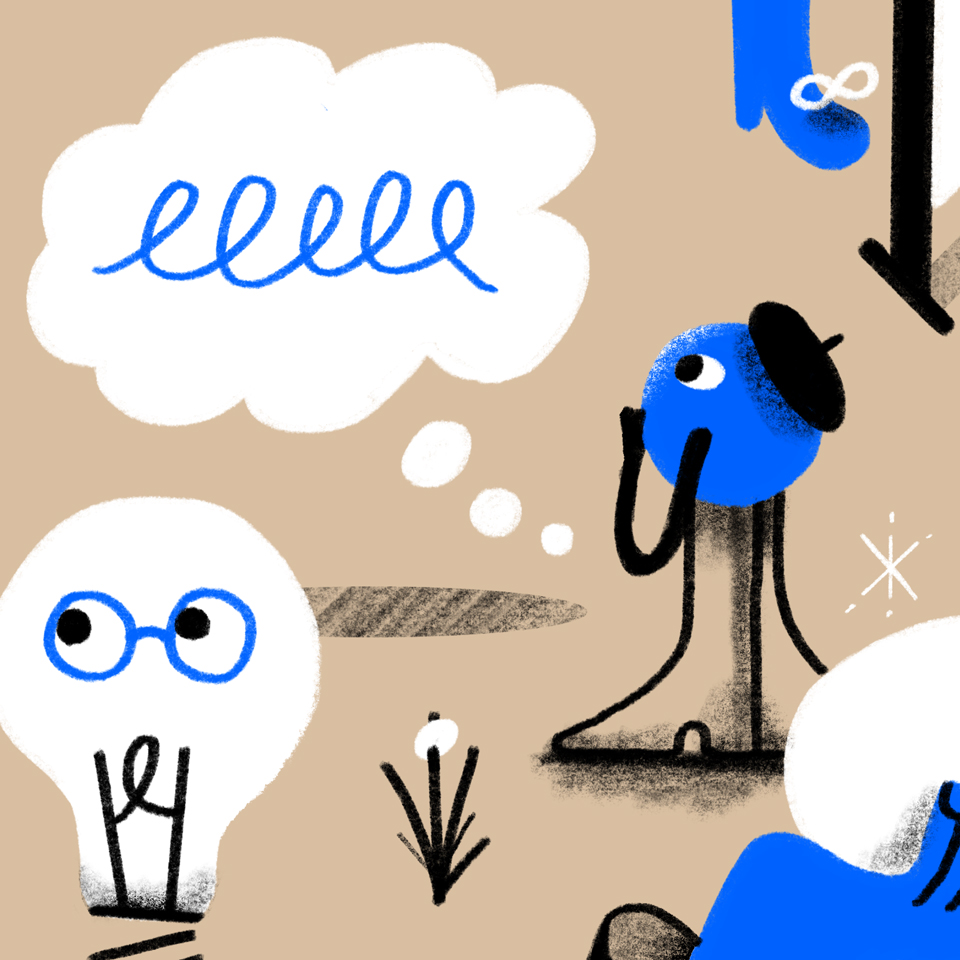
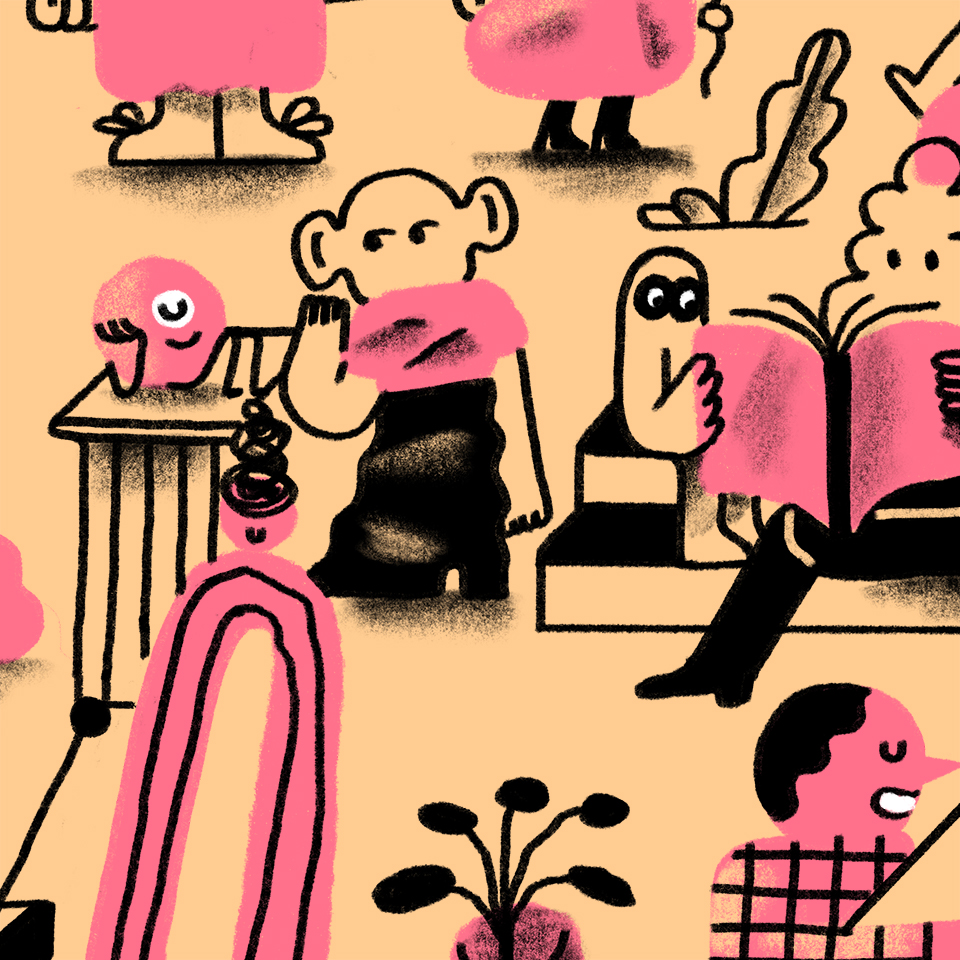


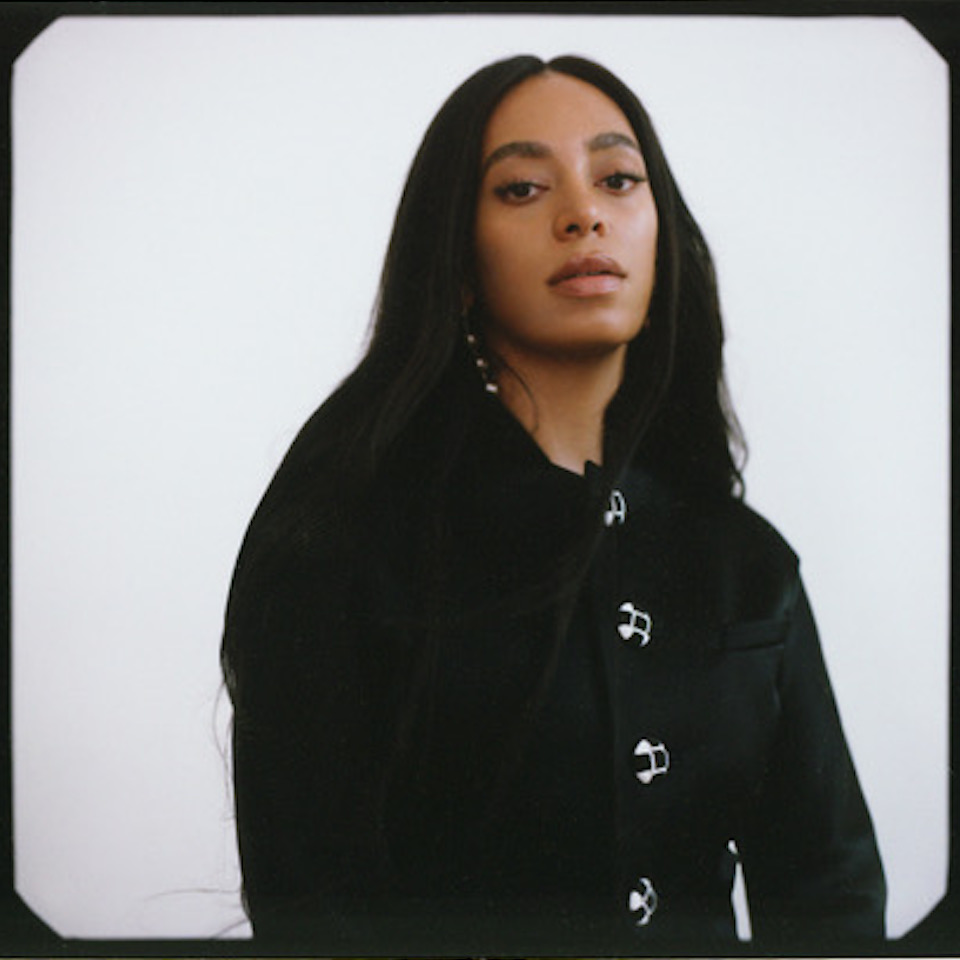

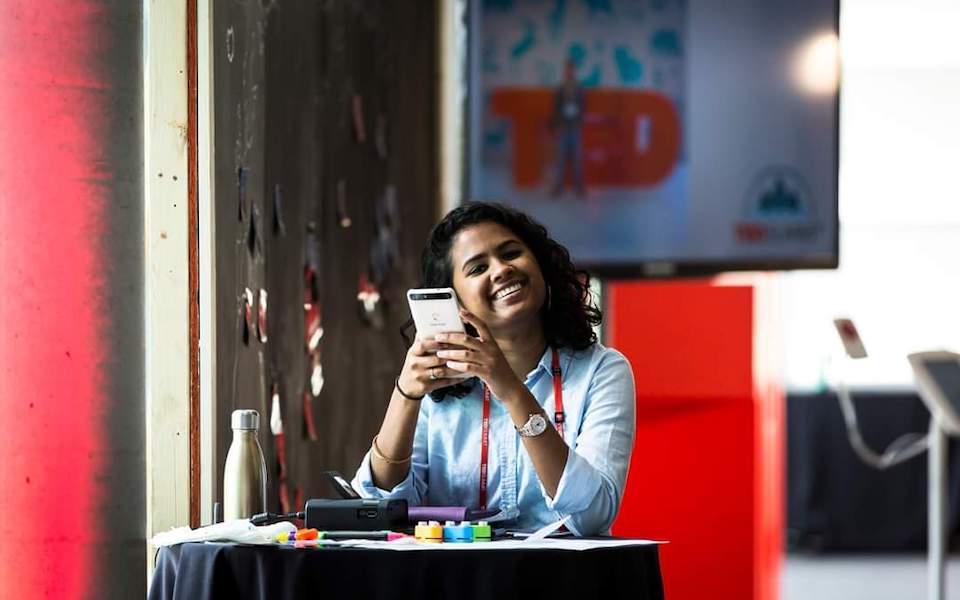



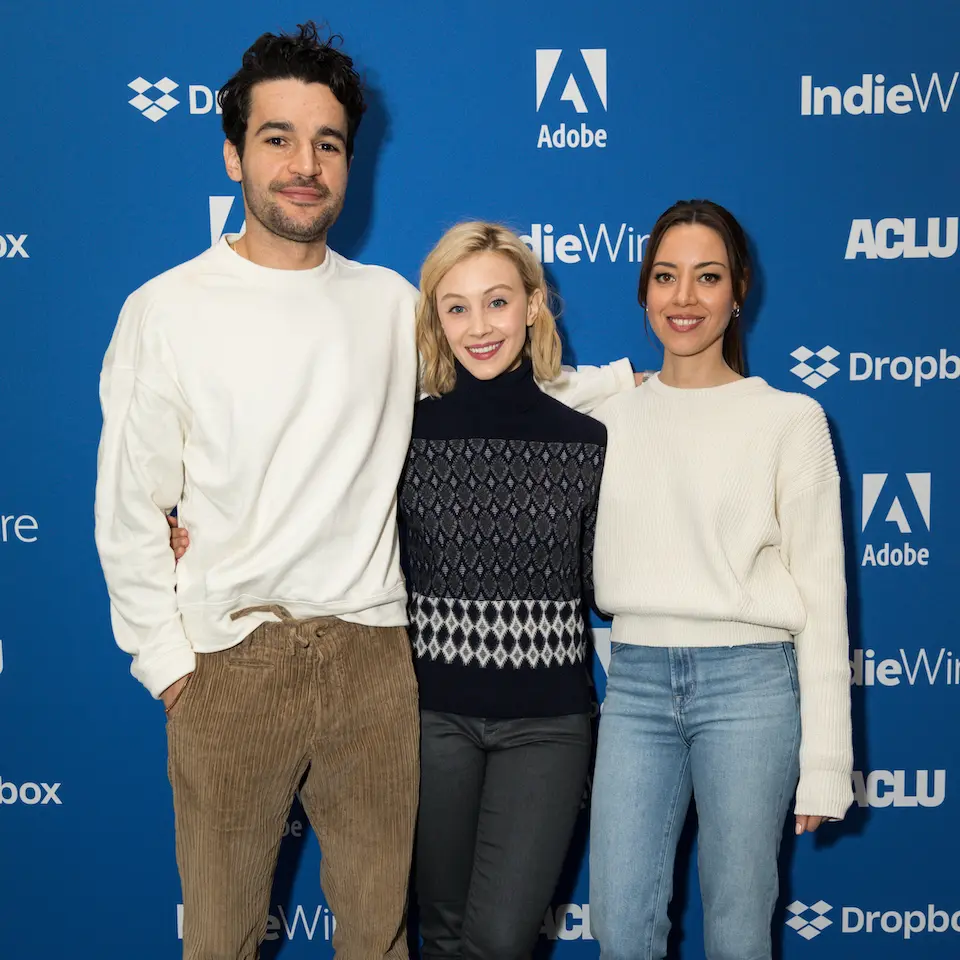



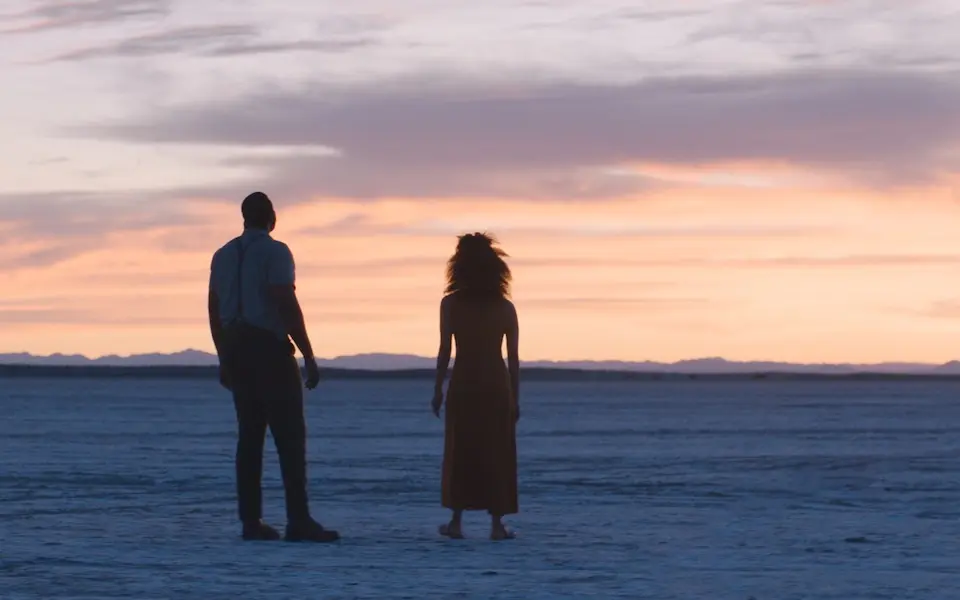
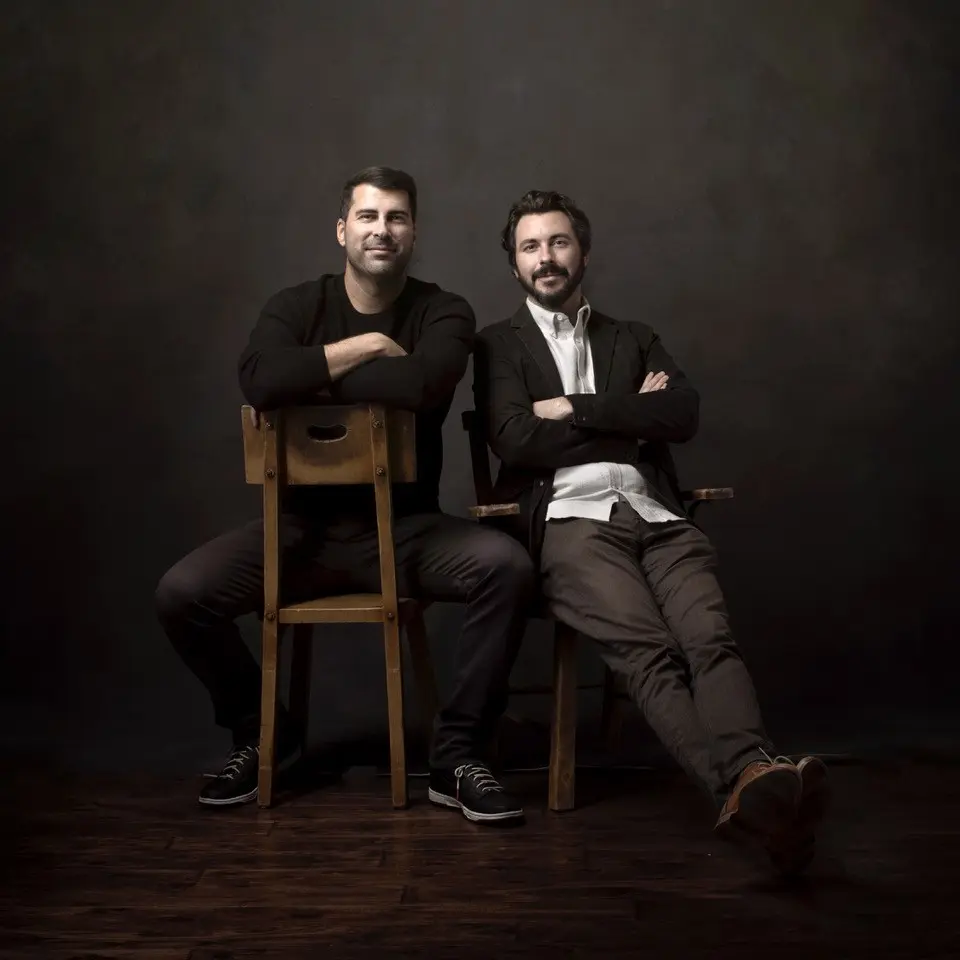

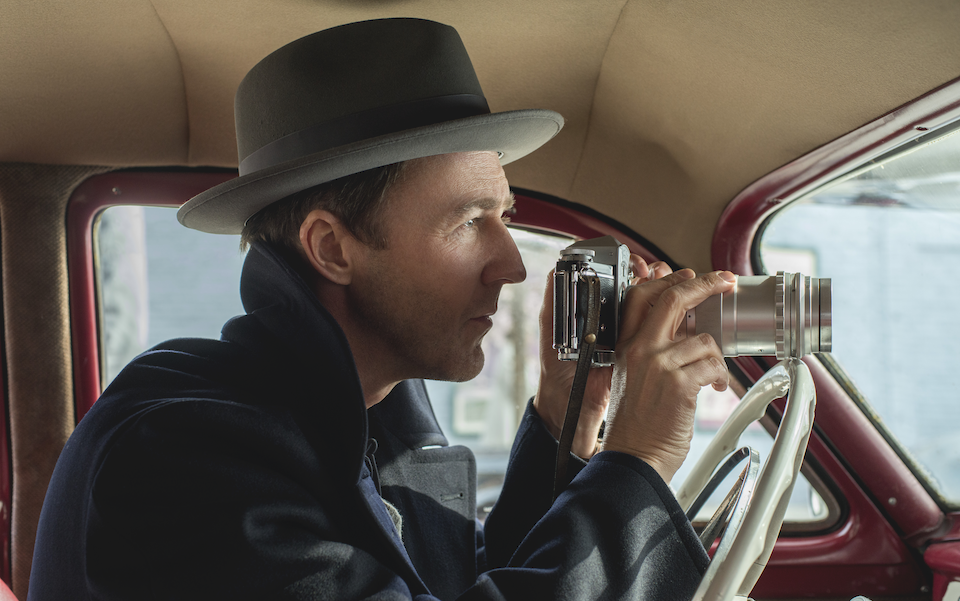
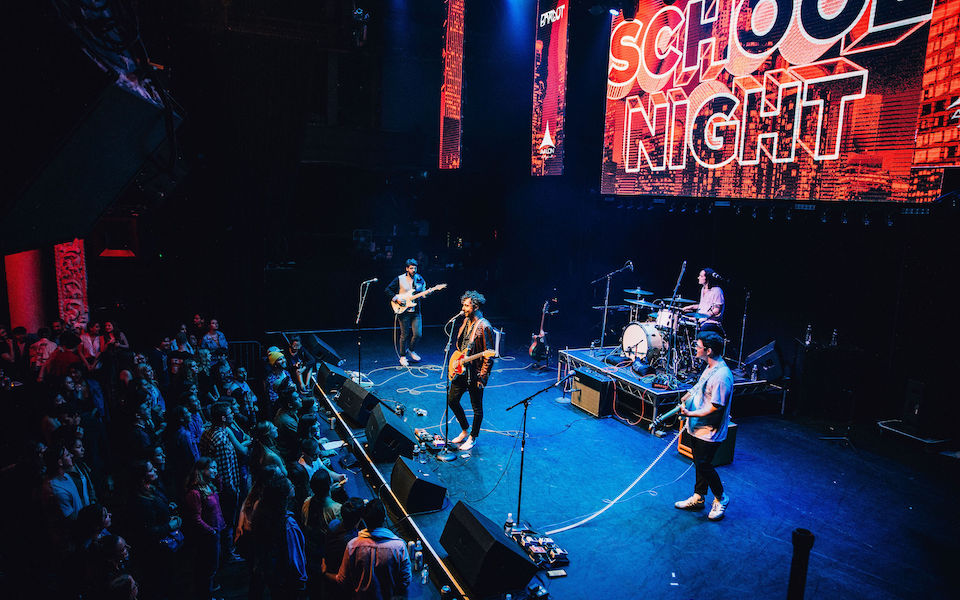
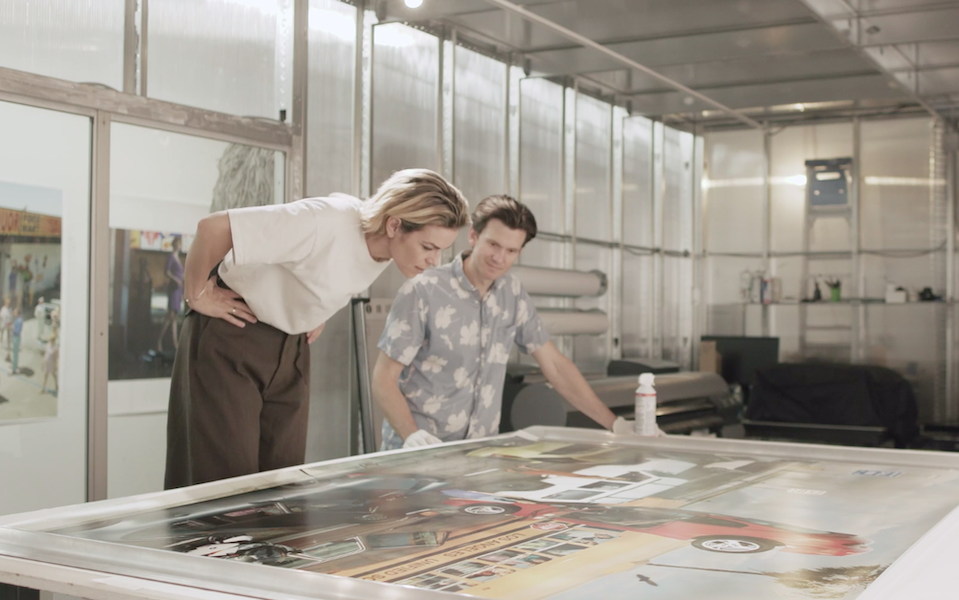









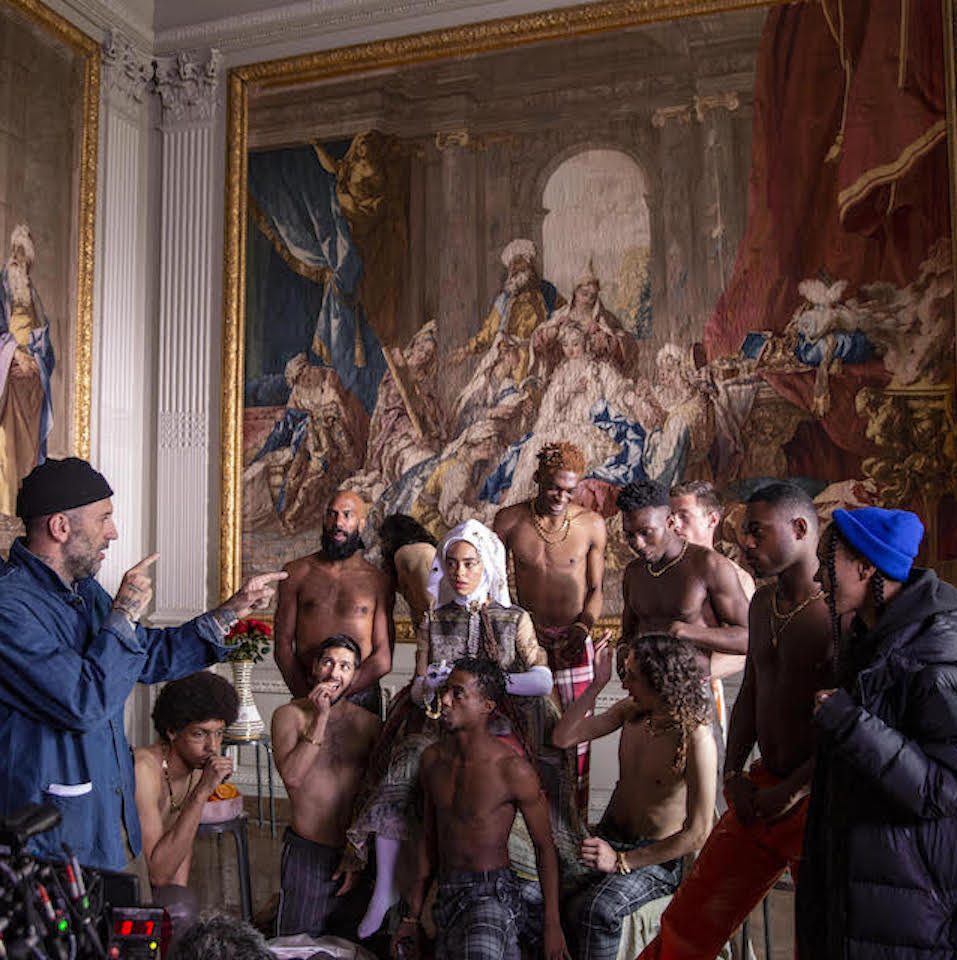

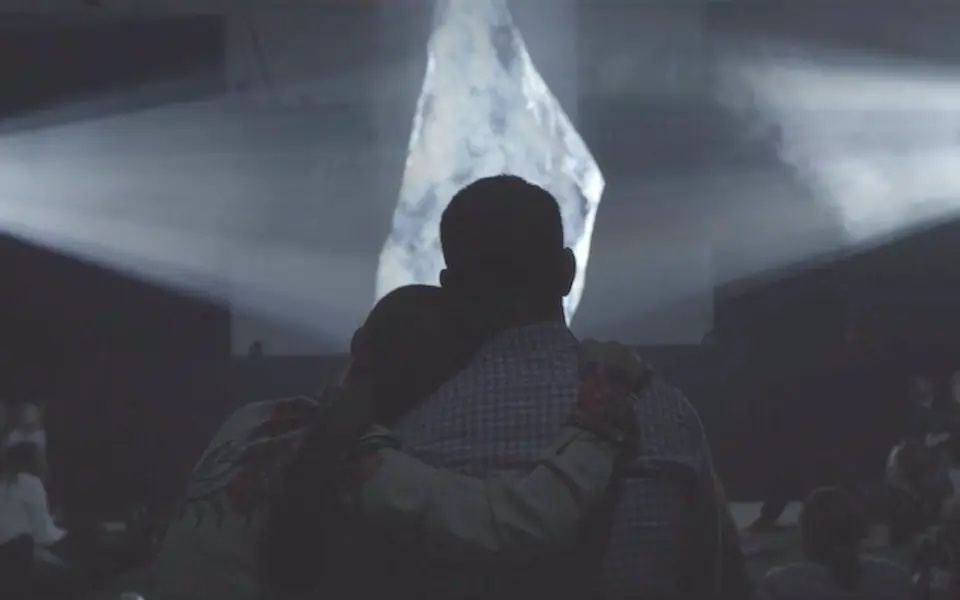
.png/_jcr_content/renditions/Karen%20O%20%2B%20Danger%20Mouse%20(photo%20by%20Eliot%20Lee%20Hazel).webp)





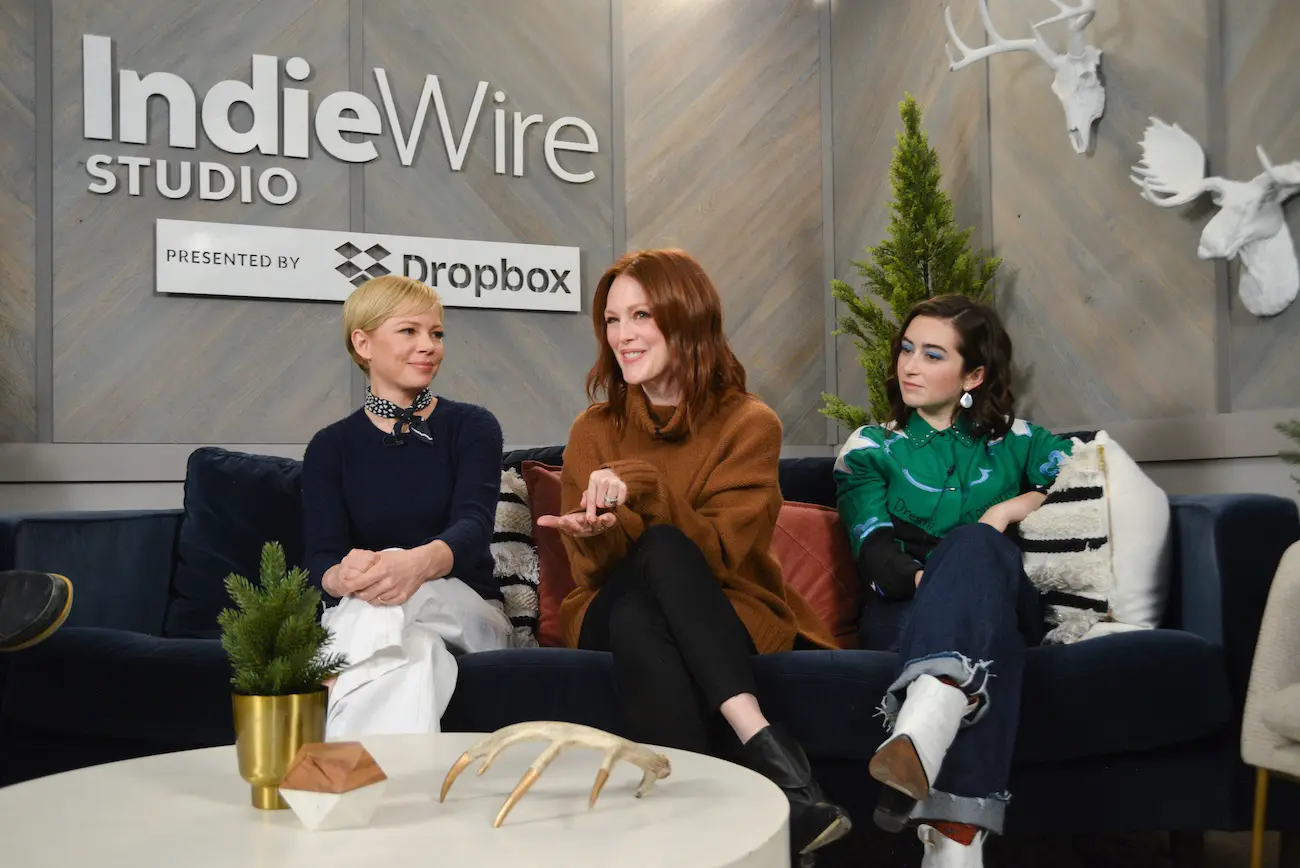


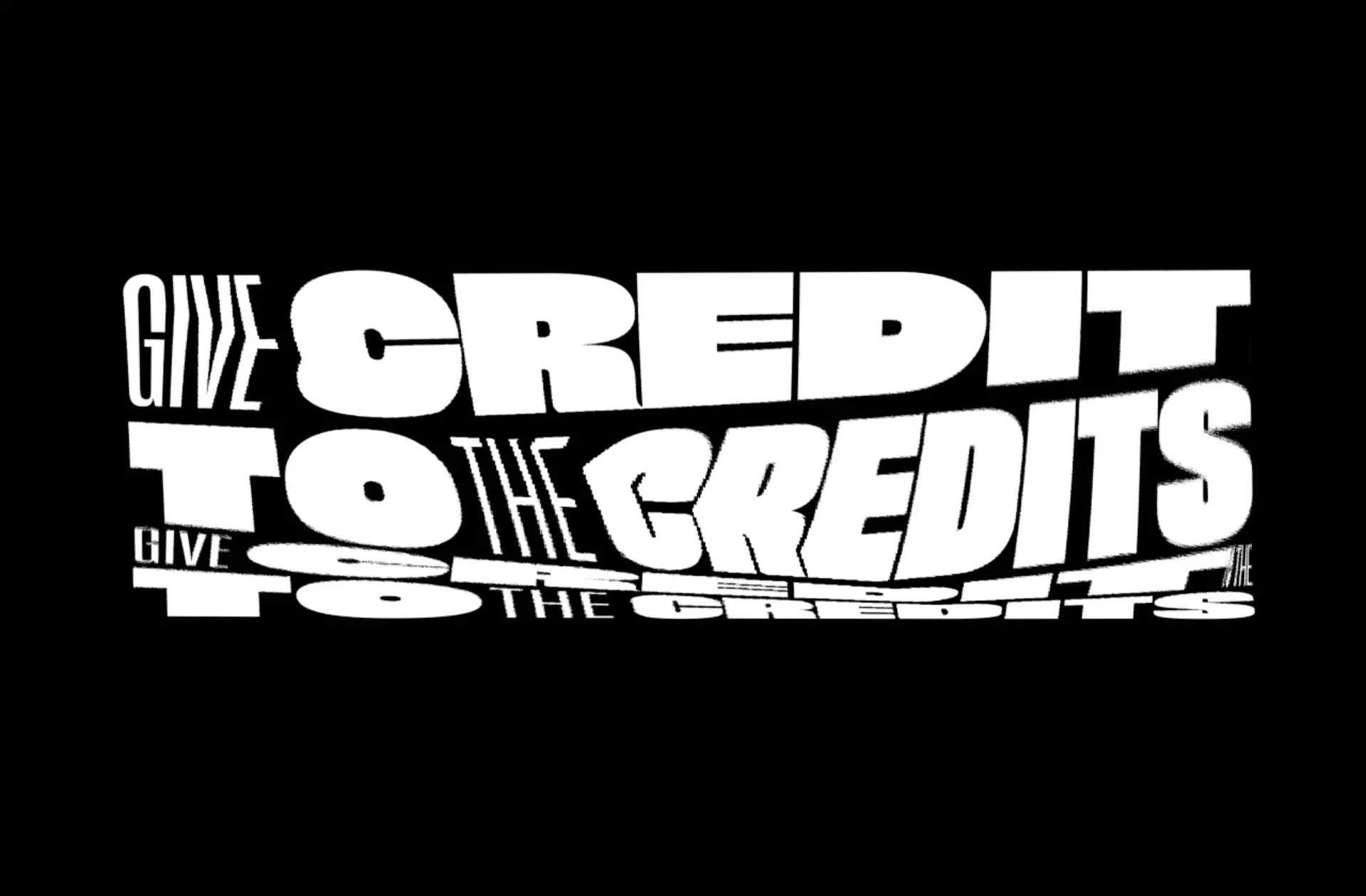
.jpg/_jcr_content/renditions/Extremely%20Wicked%20Shockingly%20Evil%20and%20Vile_Sundance19_Director%20Joe%20Berlinger%20(3).webp)

.jpg/_jcr_content/renditions/Bedlam%2014%20(1).webp)
